Novo Nordisk VAT Fall: Wenn gesetzlich vorgeschriebene Zahlungen den zu versteuernden Betrag der Mehrwertsteuer verringern

🎧 Lieber zuhören?
Holen Sie sich die Audioversion dieses Artikels und bleiben Sie auf dem Laufenden, ohne lesen zu müssen - perfekt für Multitasking oder Lernen unterwegs.
Die umsatzsteuerlichen Auswirkungen von Pflichtbeiträgen an öffentliche Gesundheitseinrichtungen bilden ein rechtliches Spannungsfeld, in dem sich Handelspraxis, nationale Gesetzgebung und EU-Recht überschneiden. Wenn ein pharmazeutisches Unternehmen gesetzlich verpflichtet ist, einen Teil seiner Einnahmen an eine öffentliche Krankenkasse abzuführen, stellt sich die Frage, ob solche Zahlungen die Steuerbemessungsgrundlage für Mehrwertsteuerzwecke verringern. Diese Frage stand im Mittelpunkt der Rechtssache Novo Nordisk (C-248/23), in der der Gerichtshof der Europäischen Union (EuGH) am 12. September 2024 sein Urteil gefällt hat.
Kernfrage
Im Mittelpunkt des Rechtsstreits stand die Anwendung von Artikel 90 Absatz 1 der Richtlinie 2006/112/EG, der eine Minderung der Steuerbemessungsgrundlage im Falle von Preissenkungen nach der Lieferung ermöglicht. Die ungarischen Steuerbehörden stuften die Zahlungen von Novo Nordisk als Sondersteuer und nicht als Preisnachlass ein. Die Schlüsselfrage für den Gerichtshof lautete: Darf das Pharmaunternehmen seine MwSt.-Bemessungsgrundlage aufgrund gesetzlich vorgeschriebener Zahlungen an eine Krankenkasse korrigieren, auch wenn diese über die Steuerbehörde eingezogen werden? Das Urteil gibt eine richtungsweisende Antwort, die sich auf alle Mitgliedstaaten mit ähnlichen Regelungen auswirkt.
Sachverhalt und Hintergrund
Novo Nordisk A/S, ein in Dänemark ansässiges Pharmaunternehmen, ist auf dem ungarischen Markt für den Vertrieb von Arzneimitteln tätig. Das Unternehmen verkauft seine Produkte an Großhändler, die sie dann an Apotheken weitergeben. In Ungarn erfolgt der Einzelhandelsverkauf von Arzneimitteln fast ausschließlich über Apotheken. Die Endverbraucher sind Patienten, die im öffentlichen Krankenversicherungssystem eingeschrieben sind, das von der nationalen Behörde NEAK (Nemzeti Egészségbiztosítási Alapkezelő) verwaltet wird.
Ein erheblicher Teil der von Novo Nordisk in Ungarn verkauften Arzneimittel kann über ein Kofinanzierungssystem von der Regierung finanziert werden. Bei diesem System zahlen die Patienten nur einen Teil des Preises - ihren persönlichen Beitrag - während der Rest von der NEAK subventioniert und direkt an die Apotheken gezahlt wird. Der Gesamtpreis (einschließlich des Zuschusses und des Patientenbeitrags) wird als Mehrwertsteuerbetrag auf Apothekenebene behandelt. Daher gilt der Zuschuss als Bestandteil des Entgelts für die Lieferung für Mehrwertsteuerzwecke.
Um in den Genuss dieser Subvention zu kommen und die Preiskontrolle zu erleichtern, schließt Novo Nordisk mit der NEAK Preis-Mengen-Vereinbarungen ab. In diesen Verträgen verpflichtet sich das Unternehmen, einen Teil der erhaltenen Vergütung an die NEAK zurückzuzahlen, wenn bestimmte Umsatzschwellen überschritten werden. Unabhängig von diesen Verträgen ist Novo Nordisk nach ungarischem Recht auch verpflichtet, gesetzlich vorgeschriebene Zahlungen an die NEAK zu leisten.
Diese Pflichtbeiträge werden als Prozentsatz des staatlichen Zuschusses für die verkauften Arzneimittel berechnet, wobei die Sätze je nach Produkttyp und Erstattungszeitraum zwischen 10 und 20 % liegen.
Diese gesetzlich vorgeschriebenen Zahlungen werden nicht direkt an die NEAK geleistet, sondern über die ungarische Steuerbehörde (NAV), die als Vermittler fungiert und die eingezogenen Beträge an die NEAK weiterleitet. Diese Verpflichtung ist in den nationalen Rechtsvorschriften, einschließlich des ungarischen Arzneimittelgesetzes (Gyftv), festgeschrieben.
Novo Nordisk zog sowohl die Rückzahlungen im Rahmen der Preis-Mengen-Vereinbarungen als auch die gesetzlich vorgeschriebenen Beiträge von seiner MwSt.-Bemessungsgrundlage ab und argumentierte, dass diese den tatsächlich erhaltenen Ausgleich verringerten. Die ungarischen Steuerbehörden akzeptierten dieses Argument teilweise - sie ließen den Abzug für die vertraglichen Rückzahlungen zu, verweigerten ihn aber für die gesetzlichen Beiträge. Nach Ansicht der Steuerbehörde handelte es sich bei letzteren um Sondersteuern und nicht um Preisnachlässe, so dass sie nicht für eine Berichtigung gemäß Artikel 90 der MwSt-Richtlinie in Frage kamen.
Novo Nordisk focht diese Entscheidung an. Die Berufungsinstanz bestätigte die Auffassung der Steuerbehörde mit der Begründung, dass sich die gesetzlichen Zahlungen ausschließlich aus der Gesetzgebung ergaben und keine zwischen den Parteien vereinbarte Preissenkung darstellten. Novo Nordisk legte daraufhin Berufung beim Fővárosi Törvényszék (Budapester Stadtgericht) ein, das die Auffassung vertrat, dass der gesetzliche Charakter der Zahlungen ihre Einstufung als Preisnachlass nicht zwangsläufig ausschließe, zumal die Zahlungen aus den Einnahmen aus den subventionierten Arzneimittelverkäufen stammten.
Da der EuGH noch nicht darüber entschieden hatte, ob gesetzlich vorgeschriebene Zahlungen an eine öffentliche Krankenkasse (über die Steuerbehörde) zu einer Minderung der MwSt.-Bemessungsgrundlage führen können, legte das ungarische Gericht dem Gerichtshof eine Vorabfrage vor.
Rechtlicher Rahmen
Im Kern geht es in der Rechtssache Novo Nordisk um die Auslegung von Artikel 90 Absatz 1 der Richtlinie 2006/112/EG (MwSt-Richtlinie). Nach dieser Bestimmung sind die Mitgliedstaaten verpflichtet, die MwSt-Bemessungsgrundlage zu verringern, wenn der Preis nach der Lieferung gesenkt wird, z. B. bei Stornierung, Nichtzahlung oder Preisnachlass. Das zugrunde liegende Prinzip ist, dass die Mehrwertsteuer nur auf die vom Lieferer tatsächlich erhaltene Gegenleistung erhoben werden sollte. Dies ist ein Ausdruck der Grundsätze der Neutralität und der Verhältnismäßigkeit des MwSt-Systems.
Gemäß Artikel 73 der Richtlinie umfasst die Steuerbemessungsgrundlage alle vom Käufer oder einem Dritten erhaltenen Zahlungen, einschließlich der unmittelbar mit dem Preis der Lieferung verbundenen Subventionen. Damit wird die Mehrwertsteuer ihrem wirtschaftlichen Charakter als Verbrauchssteuer gerecht.
Umgekehrt sieht Artikel 78 Buchstabe a vor, dass Steuern, Zölle und Abgaben in die Steuerbemessungsgrundlage einbezogen werden können, wenn sie unmittelbar mit der Lieferung verbunden sind. Die ungarische Steuerbehörde berief sich auf diesen Artikel und argumentierte, dass die Beiträge an die NEAK eine Sondersteuer darstellten, die in die MwSt.-Bemessungsgrundlage einbezogen werden sollte. Die Zahlungen seien nicht kommerziell ausgehandelt, sondern gesetzlich vorgeschrieben und würden als fester Prozentsatz des subventionierten Werts der Arzneimittel berechnet.
Die juristische Debatte drehte sich also um die Einstufung dieser Zahlungen: handelte es sich um "Steuern" oder "Preisnachlässe"? Diese Einstufung ist entscheidend. Wenn die Beiträge als Steuern gemäß Artikel 78 eingestuft werden, sind sie Teil der Gegenleistung und unterliegen der Mehrwertsteuer. Handelt es sich jedoch um Preisnachlässe gemäß Artikel 90, muss die Steuerbemessungsgrundlage entsprechend verringert werden - zugunsten des Lieferers.
Erschwerend kommt hinzu, dass diese Zahlungen gesetzlich vorgeschrieben sind und sich nicht aus einer Geschäftsvereinbarung ergeben. Die ungarische Regierung argumentierte, dies schließe die Möglichkeit einer Preissenkung aus. Darüber hinaus wies sie darauf hin, dass die Zahlungen nicht an den Endverbraucher (den Patienten), sondern über die Steuerbehörde an einen öffentlichen Versicherer geleistet werden, was darauf hindeutet, dass es sich bei der Zahlung um eine externe Gebühr und nicht um eine reduzierte Gegenleistung für eine bestimmte Leistung handelt.
Das vorlegende ungarische Gericht stellte in Frage, ob diese formale Unterscheidung wirklich entscheidend ist. Es berief sich auf die frühere Rechtsprechung des EuGH - u. a. Elida Gibbs, Boehringer Ingelheim Pharma (C-462/16) und Boehringer Ingelheim (C-717/19) -, in der anerkannt wurde, dass Zahlungen an Krankenversicherungen als Preisnachlässe gelten können, wenn sie die Einnahmen des Lieferanten tatsächlich verringern, unabhängig davon, ob sie vertraglich oder gesetzlich vorgeschrieben sind.
Die Vorfrage an den Gerichtshof lautete daher, ob Artikel 90 Absatz 1 einer nationalen Regelung entgegensteht, die einem Pharmaunternehmen eine Minderung der Mehrwertsteuerbemessungsgrundlage für obligatorische Zahlungen an eine öffentliche Krankenkasse im Zusammenhang mit subventionierten Verkäufen verwehrt. Der Gerichtshof musste den Anwendungsbereich von Artikel 90 näher bestimmen und die Bedeutung des Begriffs "Preissenkung" im Zusammenhang mit obligatorischen Zahlungen an Dritte wie öffentliche Krankenversicherungen klären.
CJEU-Urteil
Der Gerichtshof entschied, dass das ungarische System, in dem Novo Nordisk verpflichtet ist, Beträge an eine öffentliche Krankenkasse zu zahlen, nicht mit Artikel 90 der Mehrwertsteuerrichtlinie vereinbar ist. Nach Ansicht des Gerichtshofs stellen solche obligatorischen Zahlungen eine Preissenkung dar. Ausschlaggebend für diese Beurteilung ist die Tatsache, dass Novo Nordisk auf einen Teil der erhaltenen Gegenleistung für die Lieferung von Arzneimitteln verzichtet. Diese Beträge werden zwar von der Steuerbehörde eingezogen, kommen aber letztlich der NEAK und nicht der Staatskasse zugute.
Der Gerichtshof bekräftigte den grundlegenden Grundsatz der Mehrwertsteuer, dass keine Steuern auf Beträge erhoben werden dürfen, die der Lieferant nicht tatsächlich erhalten hat. Selbst wenn die Zahlungen gesetzlich vorgeschrieben sind und von der Steuerbehörde eingezogen werden, bedeutet dies nicht, dass sie als "Steuer" im Sinne von Artikel 78 zu betrachten sind. Da die Zahlung den Betrag verringert, den Novo Nordisk als Gegenleistung für seine Lieferungen einbehält, gilt sie als Preisnachlass im Sinne von Artikel 90.
Der Gerichtshof verwies auf seine früheren Urteile in den Rechtssachen Elida Gibbs, Boehringer Ingelheim Pharma und Boehringer Ingelheim. In diesen Rechtssachen war bereits festgestellt worden, dass Rabatte und Rückzahlungen an Versicherer im Zusammenhang mit subventionierten Arzneimitteln die Mehrwertsteuerbemessungsgrundlage verringern können. Das Neue an diesem Fall ist, dass der Gerichtshof diese Argumentation auf gesetzliche Zahlungen und nicht nur auf freiwillige vertragliche Vereinbarungen ausweitet.
Praktische Auswirkungen
Die Auswirkungen des Urteils gehen über die Besonderheiten des Falles Novo Nordisk hinaus. Für pharmazeutische Unternehmen, die mit ähnlichen Systemen arbeiten, eröffnet das Urteil die Möglichkeit, ihre Mehrwertsteuererklärungen anzupassen. Wenn sie gesetzlich verpflichtet sind, einen Teil ihrer Einnahmen aus subventionierten Arzneimittelverkäufen an öffentliche Einrichtungen abzuführen, können sie diese Beträge nun von der Mehrwertsteuerbemessungsgrundlage abziehen.
Dieses Urteil stärkt die steuerliche Position von Pharmaunternehmen in Mitgliedstaaten mit vergleichbaren Regelungen wie Deutschland oder den Niederlanden, in denen ebenfalls Preisvereinbarungen mit der Regierung bestehen können. Die Steuerbehörden in diesen Ländern müssen prüfen, ob die vom Lieferanten einbehaltenen Beträge tatsächlich durch solche obligatorischen Zahlungen gemindert werden - was möglicherweise eine Berichtigung der Mehrwertsteuergrundlage erforderlich macht.
Außerdem schränkt das Urteil die Auslegung des Begriffs "Steuern" in Artikel 78 ein. Nicht jeder von der Regierung auferlegte Beitrag kann automatisch in die MwSt-Bemessungsgrundlage einbezogen werden. Dies schränkt die Möglichkeiten der Mitgliedstaaten ein, den Anwendungsbereich der Richtlinie durch Zwangsabgaben auszuhöhlen.
Schlussfolgerung
Das Urteil in der Rechtssache Novo Nordisk unterstreicht die zentrale Bedeutung des Grundsatzes der Neutralität der Mehrwertsteuer. Der Gerichtshof stellt klar, dass die Steuerbemessungsgrundlage durch den tatsächlichen wirtschaftlichen Umsatz bestimmt wird. Wenn ein Anbieter wie Novo Nordisk einen Teil seiner Vergütung nicht einbehält, weil er gesetzlich verpflichtet ist, sie an eine öffentliche Einrichtung abzuführen, führt dies zu einer Preisminderung gemäß Artikel 90 der Mehrwertsteuerrichtlinie. Das Urteil sendet ein deutliches Signal an die Mitgliedstaaten: Steuerliche Verpflichtungen dürfen die Neutralität der Mehrwertsteuer nicht untergraben. Für die Steuerzahler bietet das Urteil Rechtsklarheit, um die MwSt-Bemessungsgrundlage im Hinblick auf Zahlungen an öffentliche Einrichtungen kritisch zu prüfen und gegebenenfalls anzupassen.
Ausgewählte Einblicke
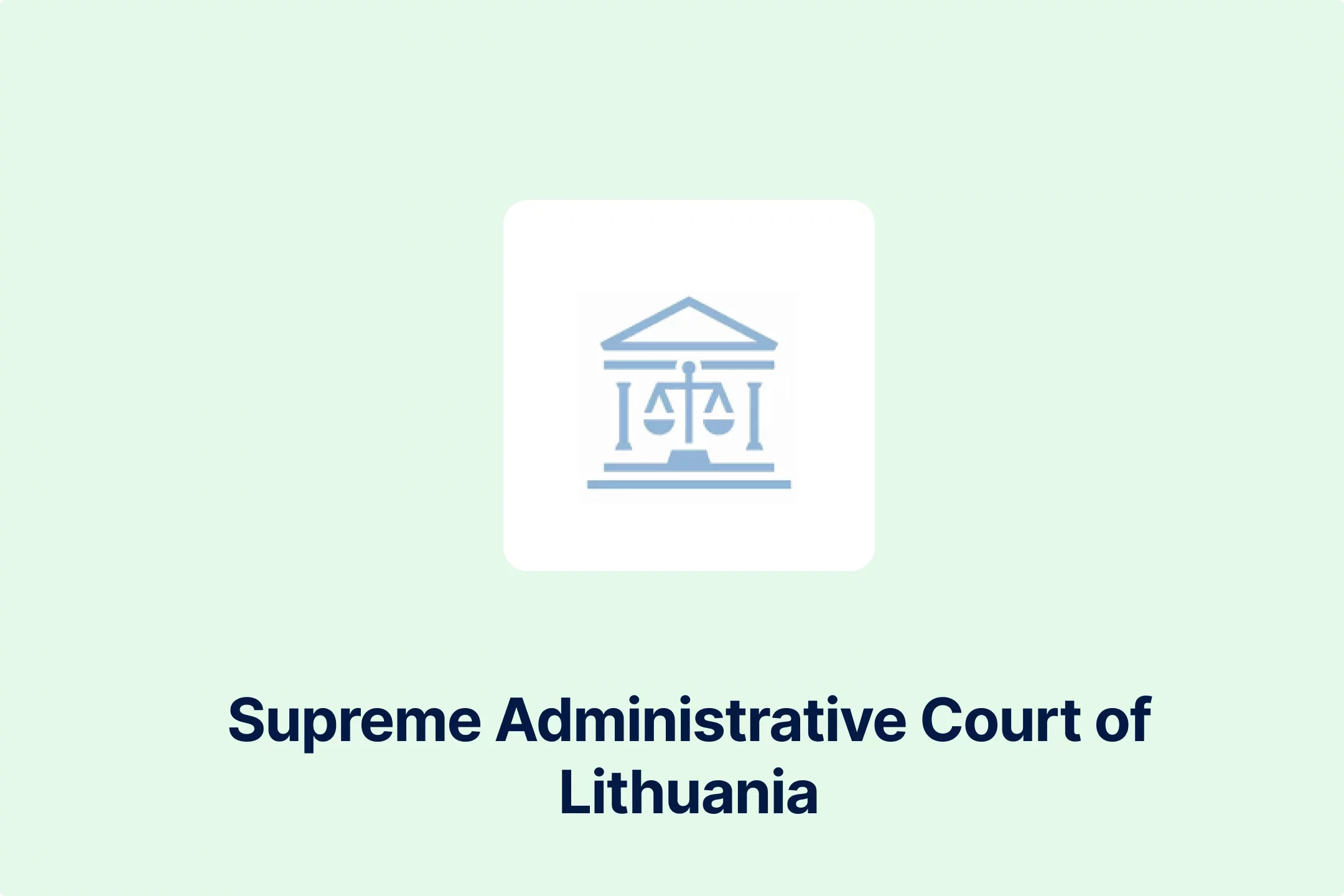
Litauische Einkommensteuer: Abzüge, Entlastungen und die unsichtbare Hand der Wirtschaftstätigkeit
🕝 October 27, 2025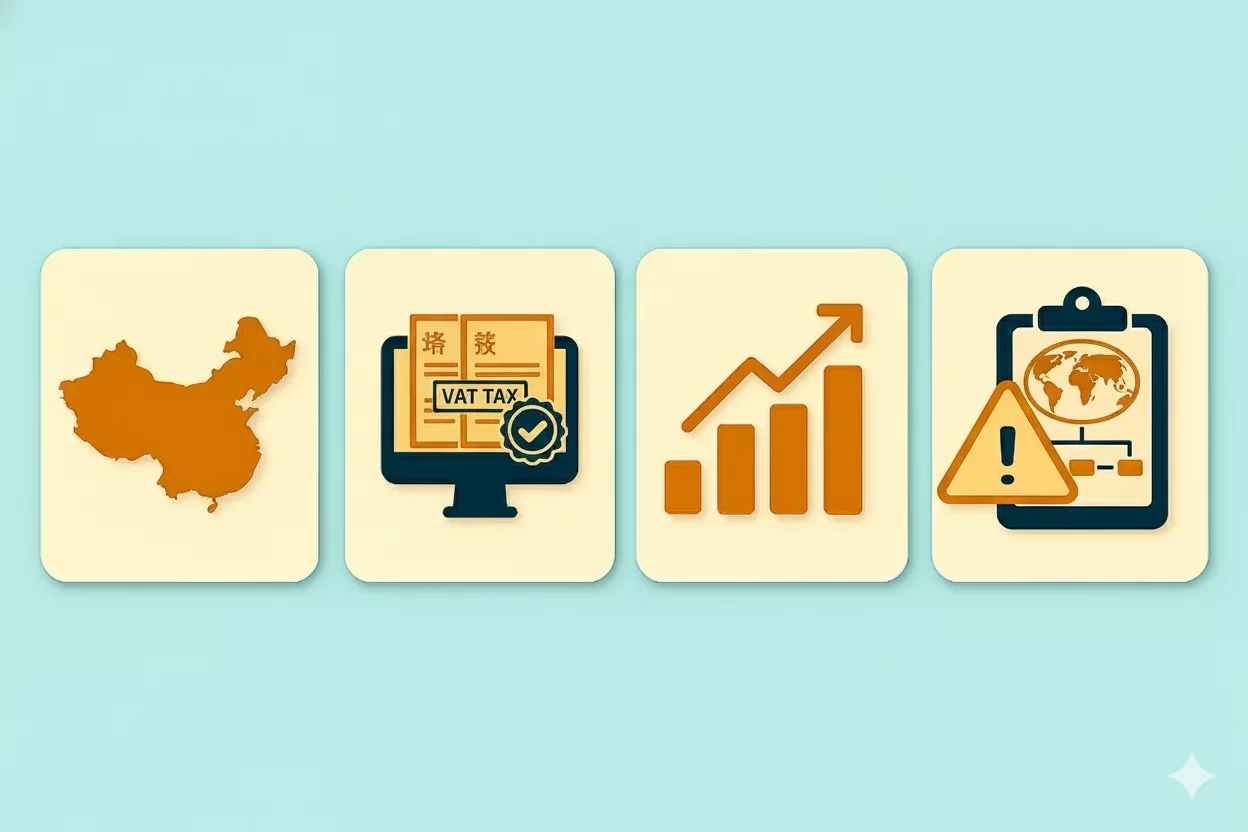
Chinas Weg zur Mehrwertsteuer: Eine neue Ära der Steuereinhaltung
🕝 October 21, 2025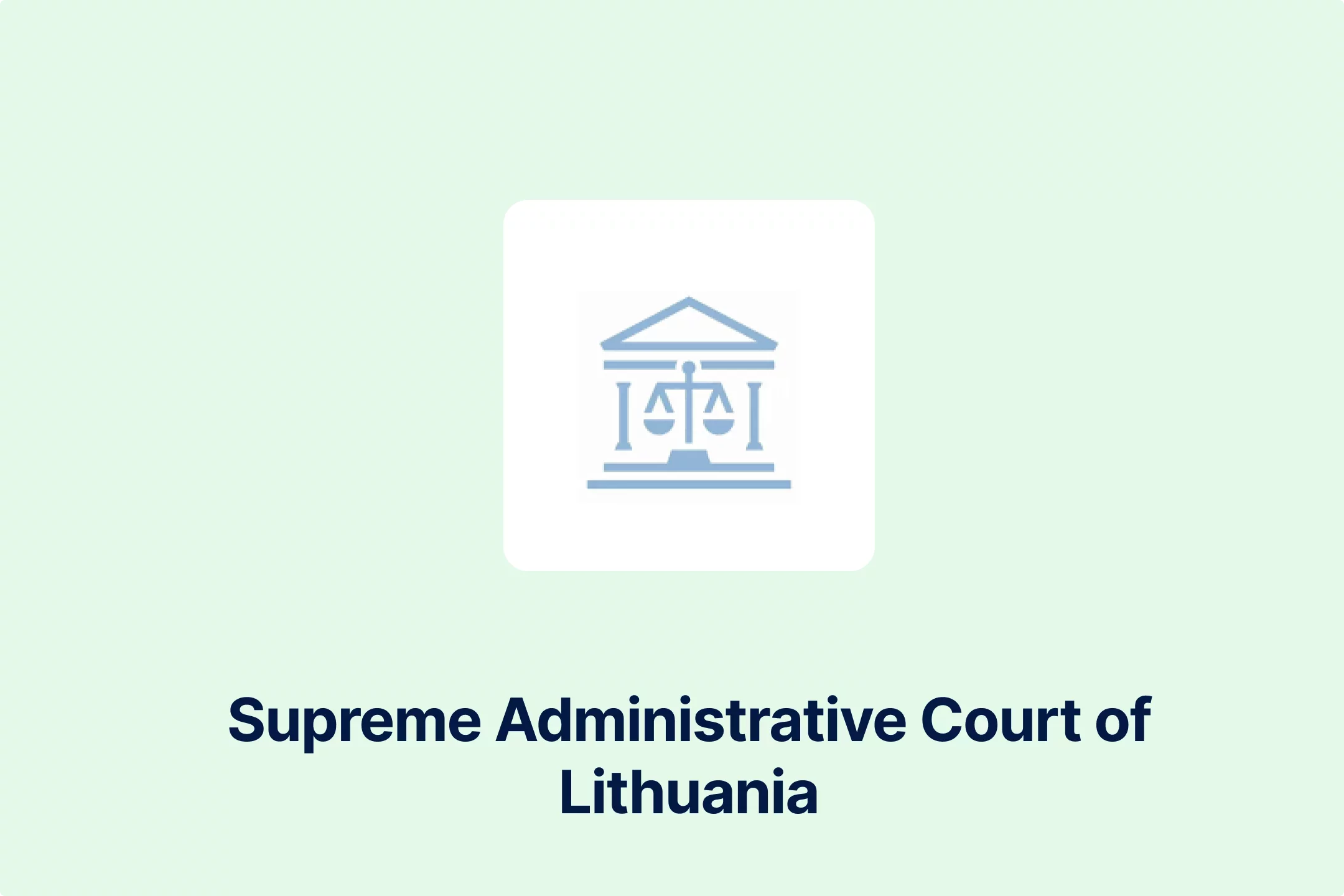
Vermeiden Sie diesen kostspieligen Irrtum: Laut Litauens oberstem Gericht die Mehrwertsteuer auf wirtschaftliche Tätigkeiten verstehen!
🕝 October 20, 2025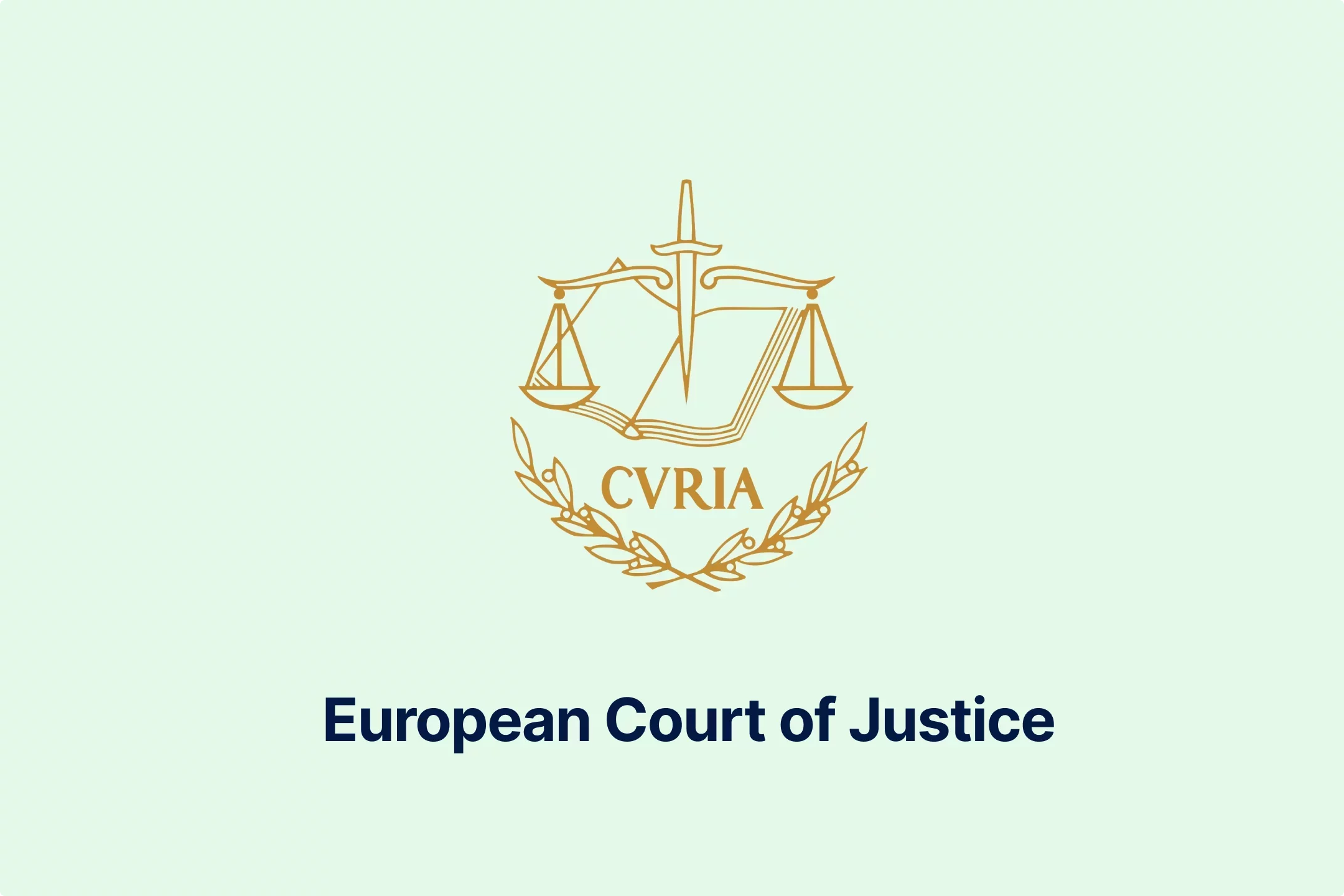
Mehrwertsteuer-Schock: EuGH in der Rechtssache C-581/19: Ernährungsdienstleistungen sind nicht steuerbefreit
🕝 October 8, 2025Mehr Nachrichten von Europa
Erhalten Sie Echtzeit-Updates und Entwicklungen aus aller Welt, damit Sie informiert und vorbereitet sind.
-e9lcpxl5nq.webp)

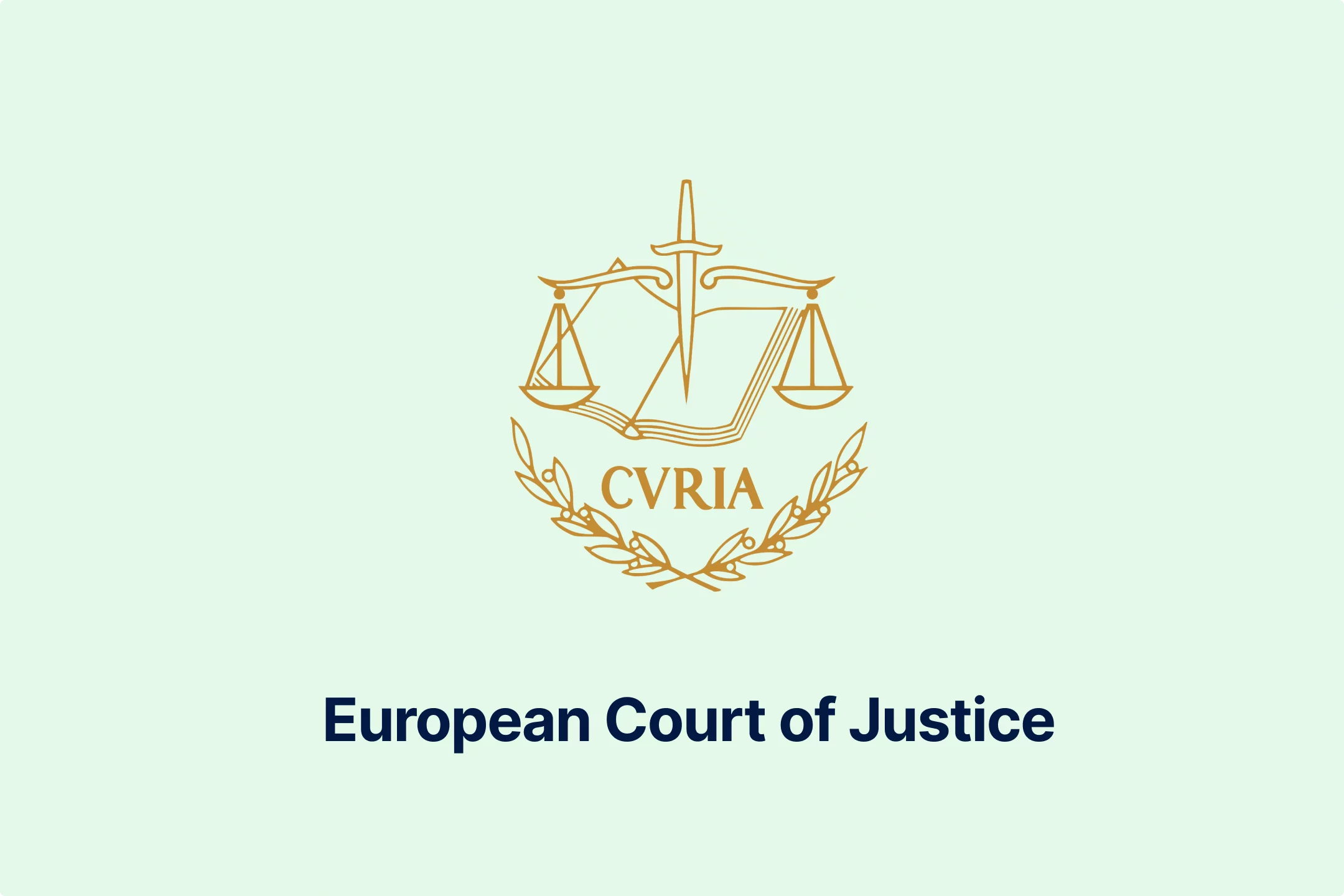
-3ewrn1yvfa.webp)
-591j35flz2.webp)
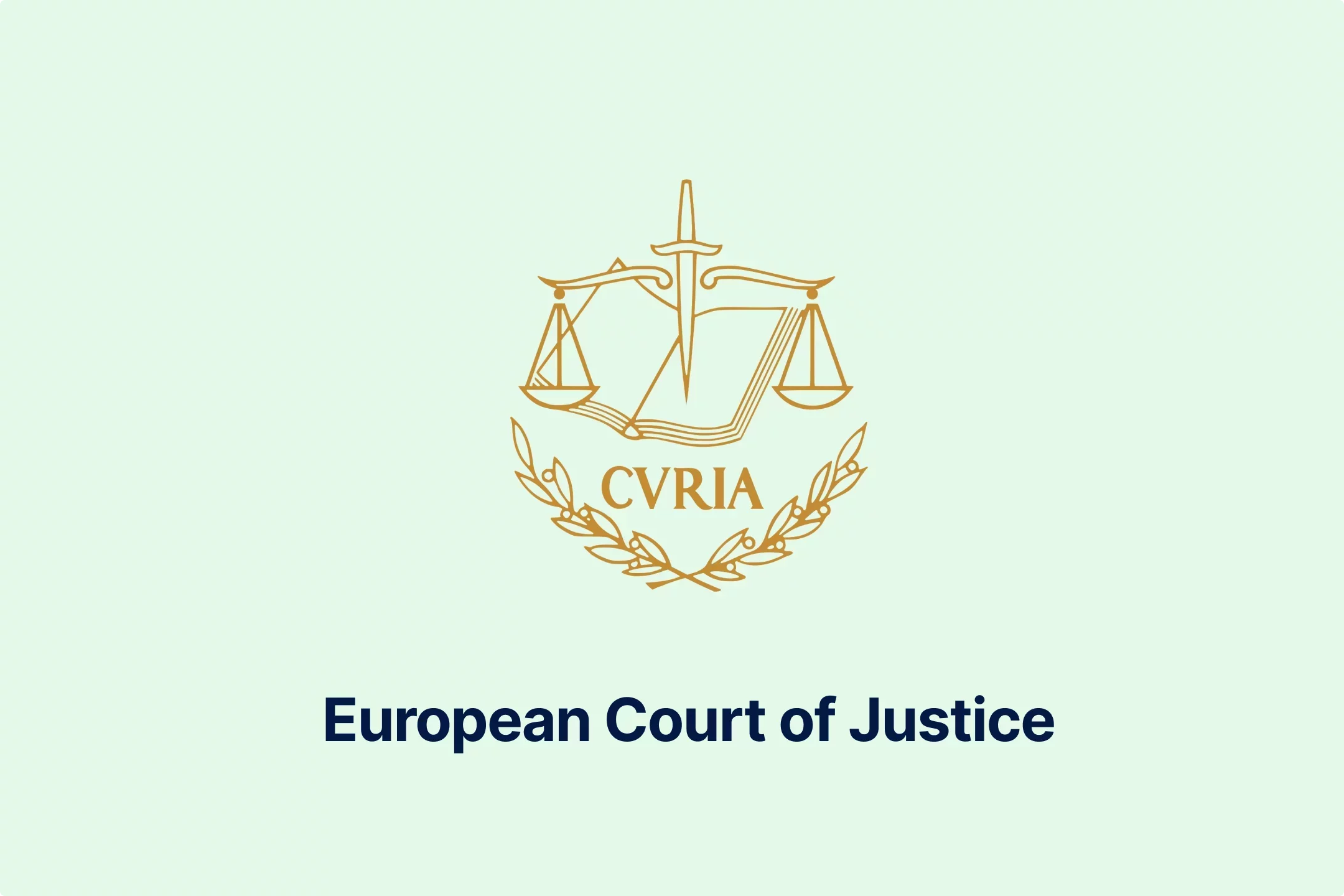
-huj3cam1de.webp)

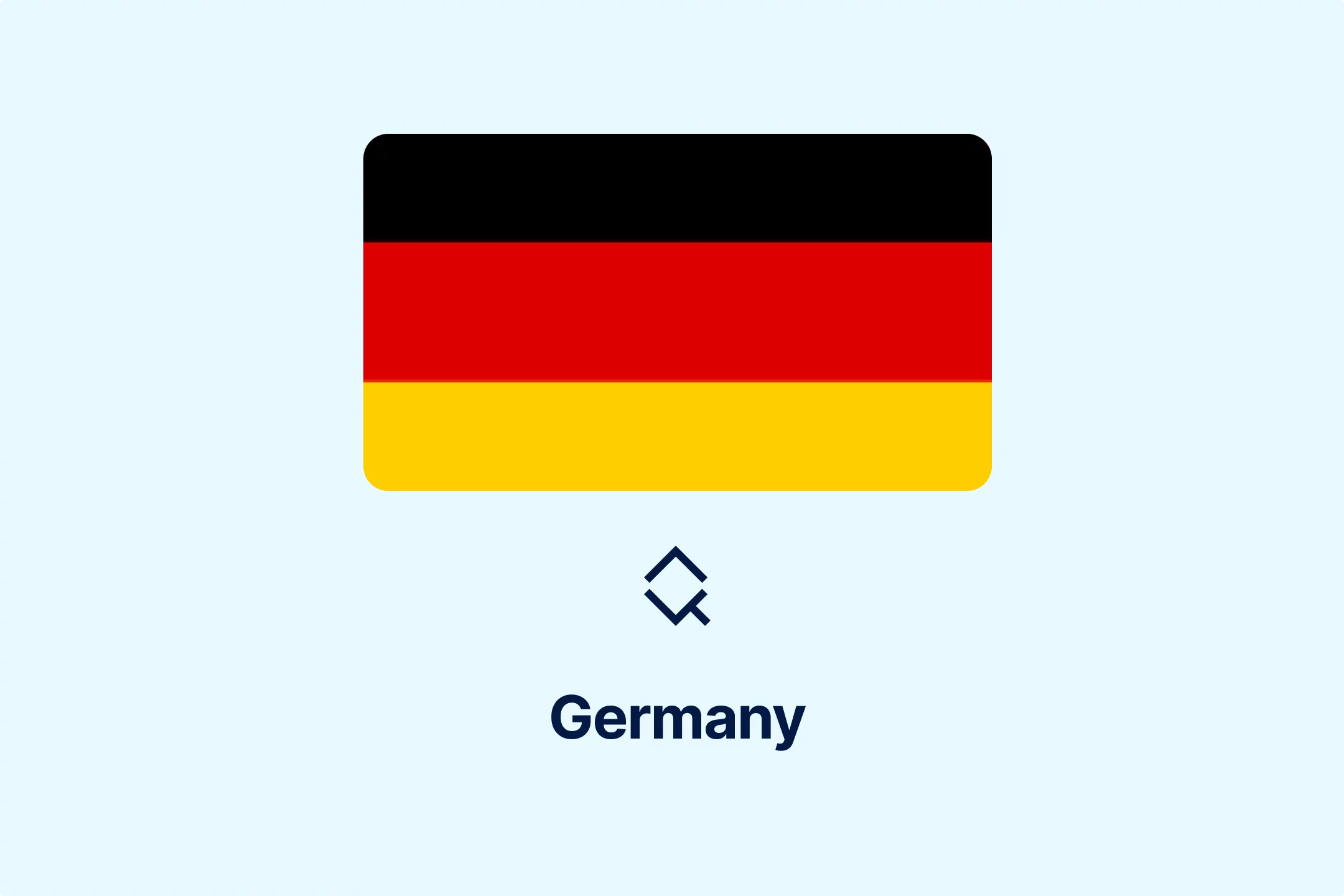
-hafis0ii23.webp)
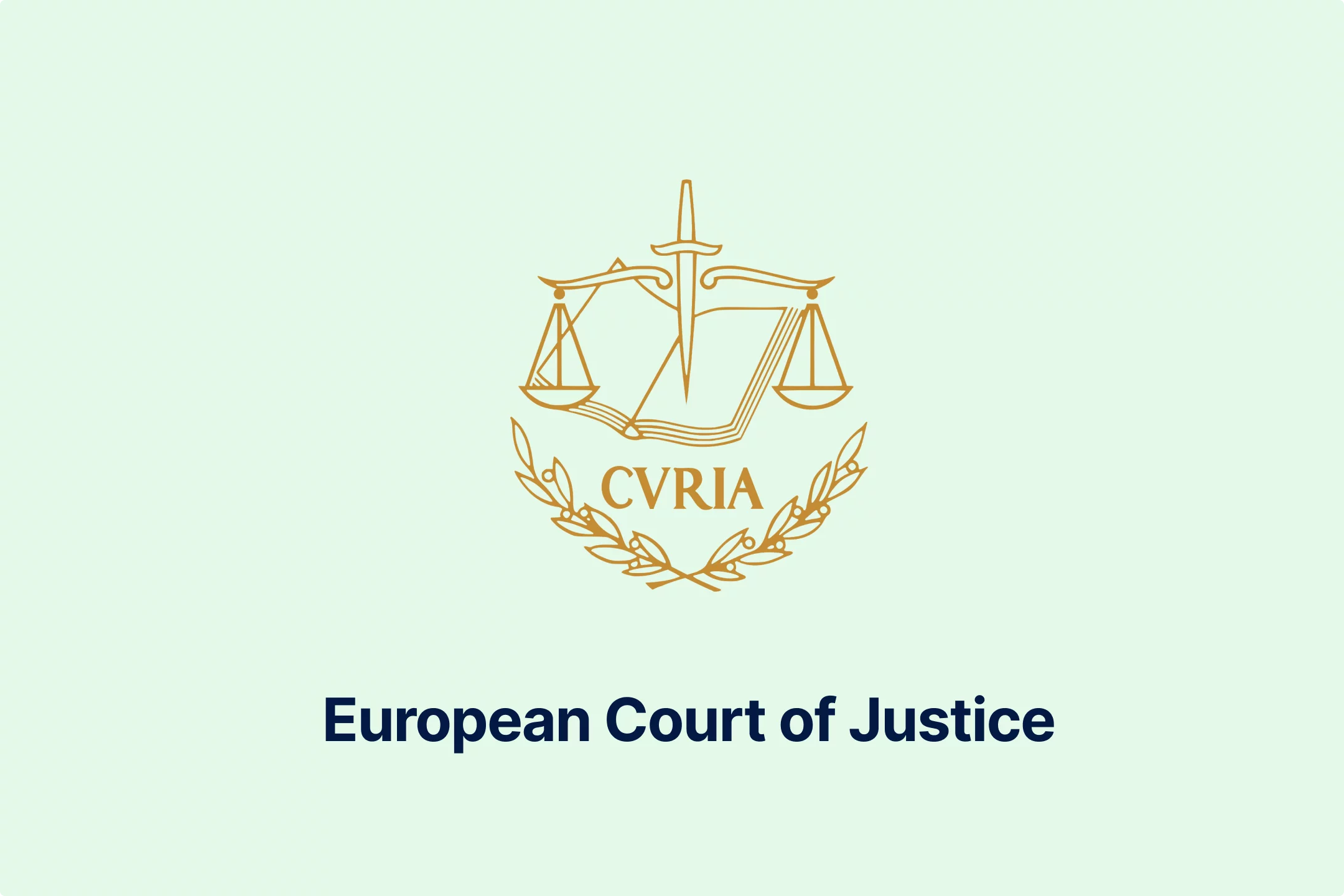
-qseaw5zmcy.webp)

-qzsah2ifqx.webp)
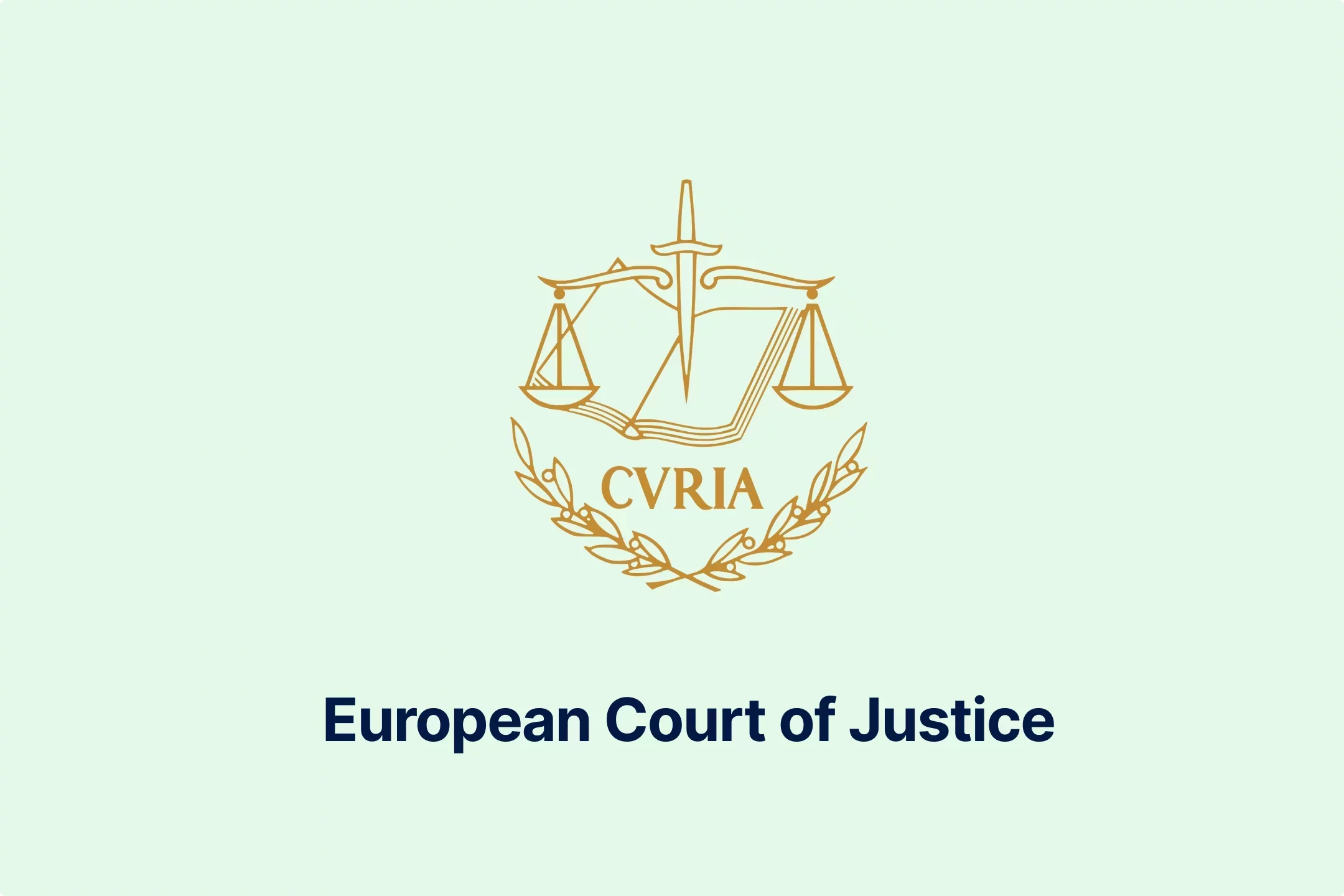
-69rzooghib.webp)
-wrvng98m0g.webp)
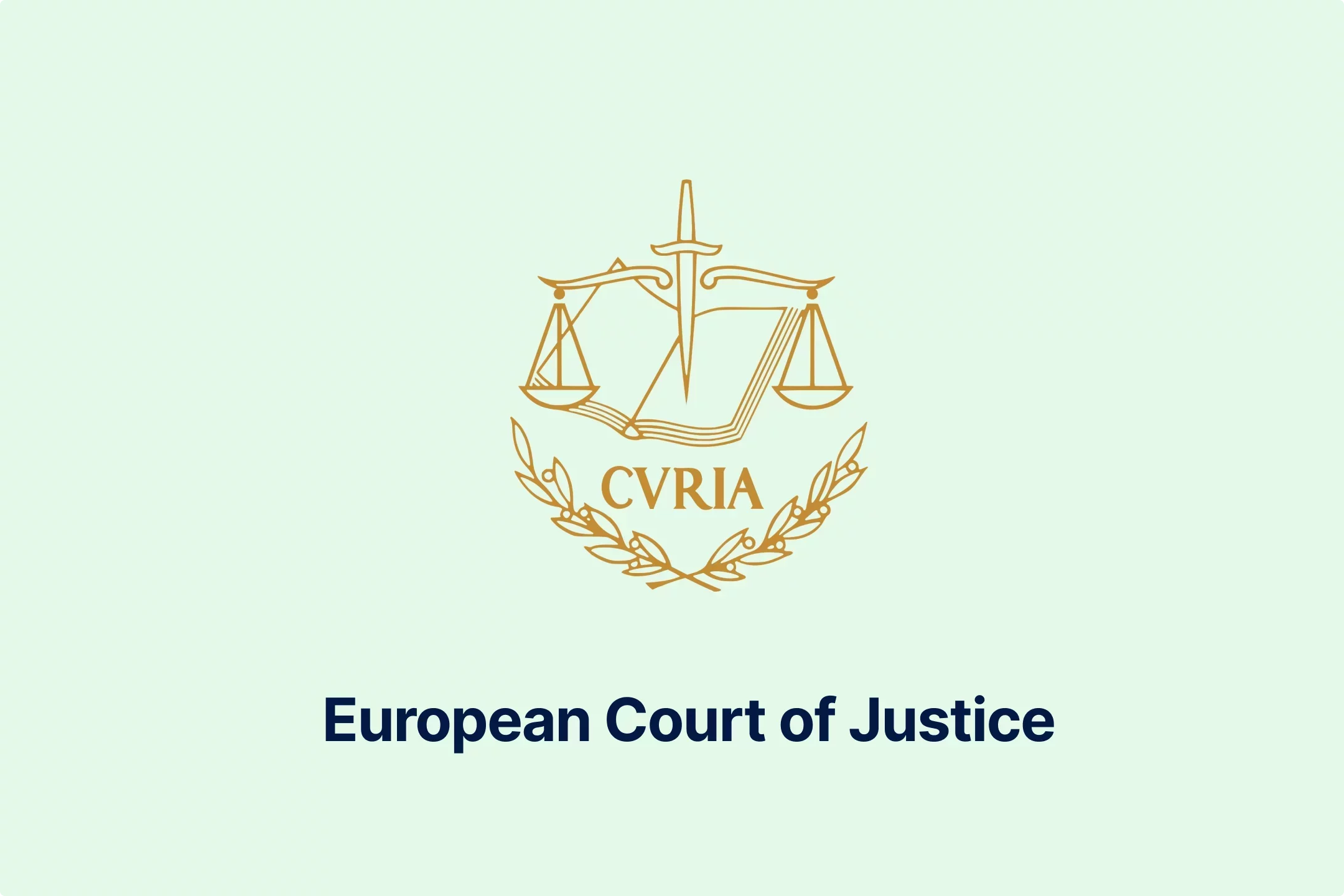
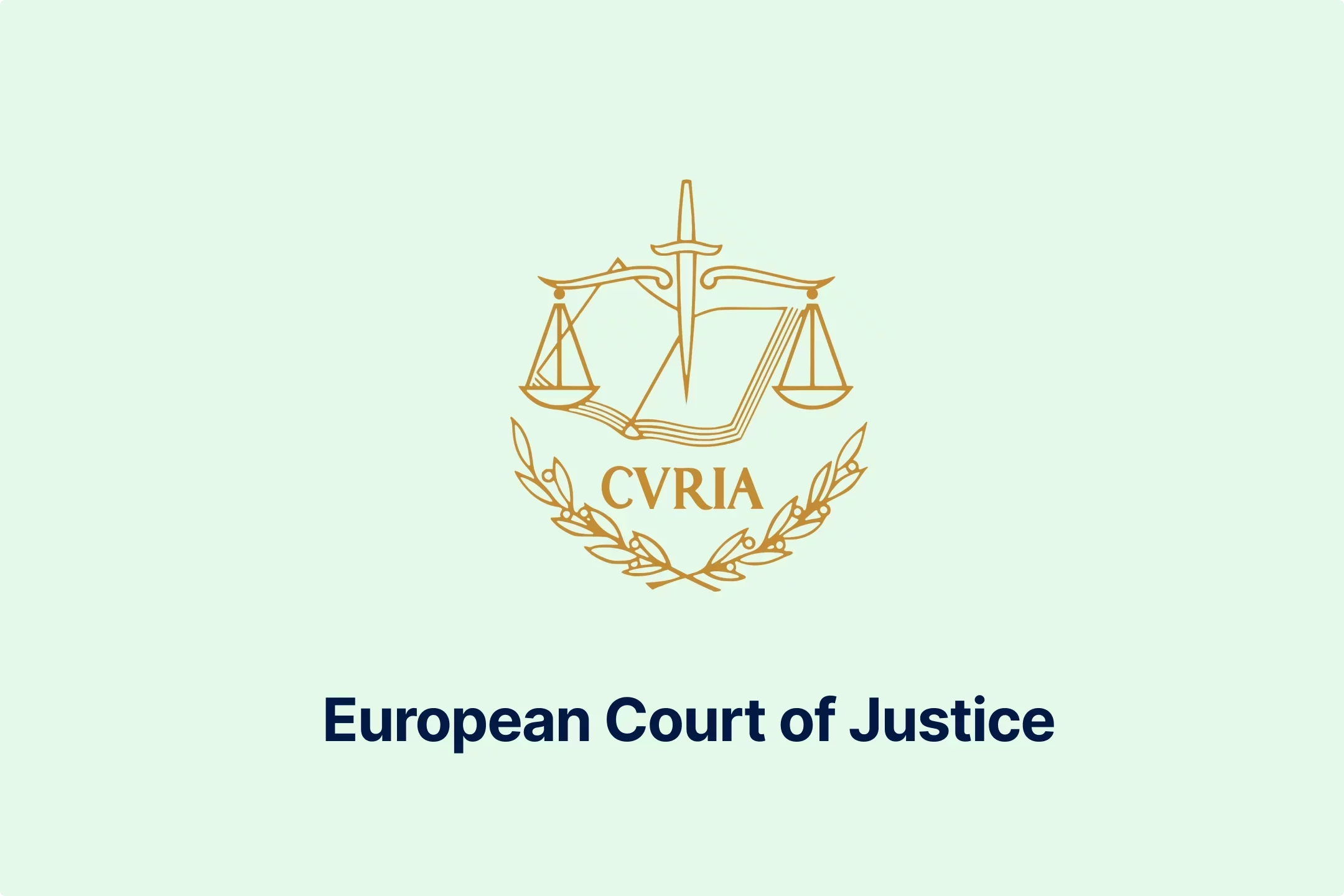
-psucycuxh2.webp)
-klyo8bn5lc.webp)
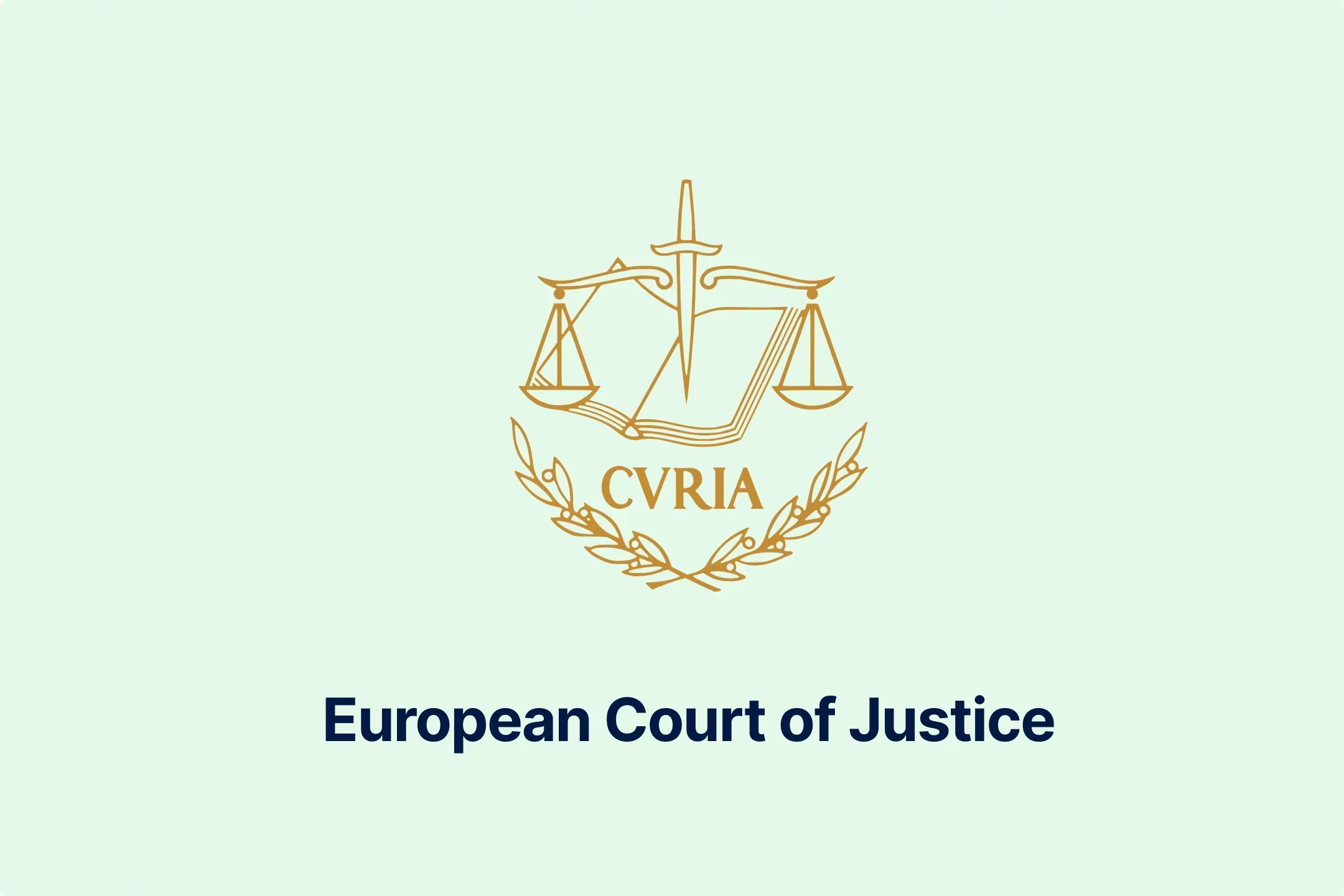
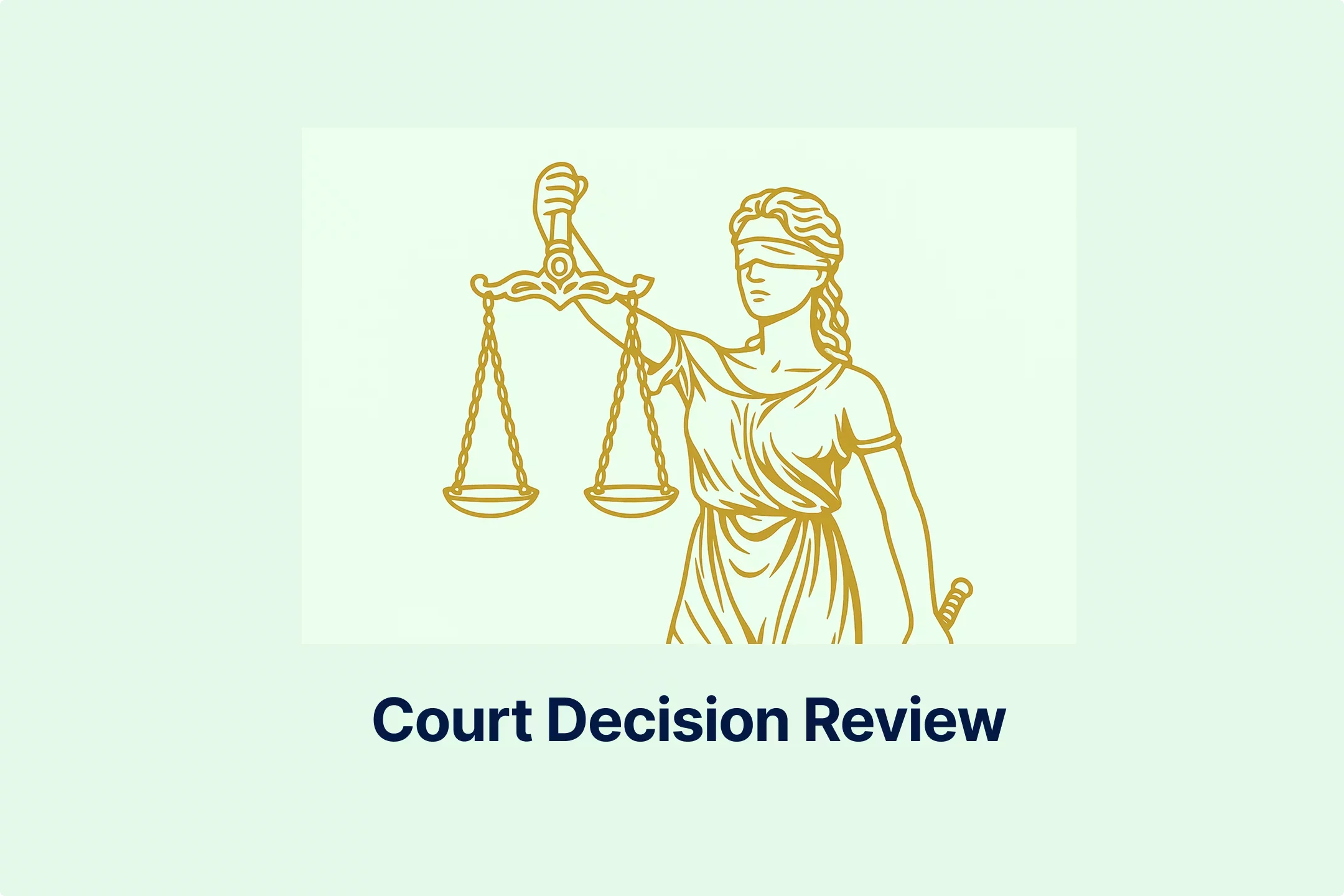
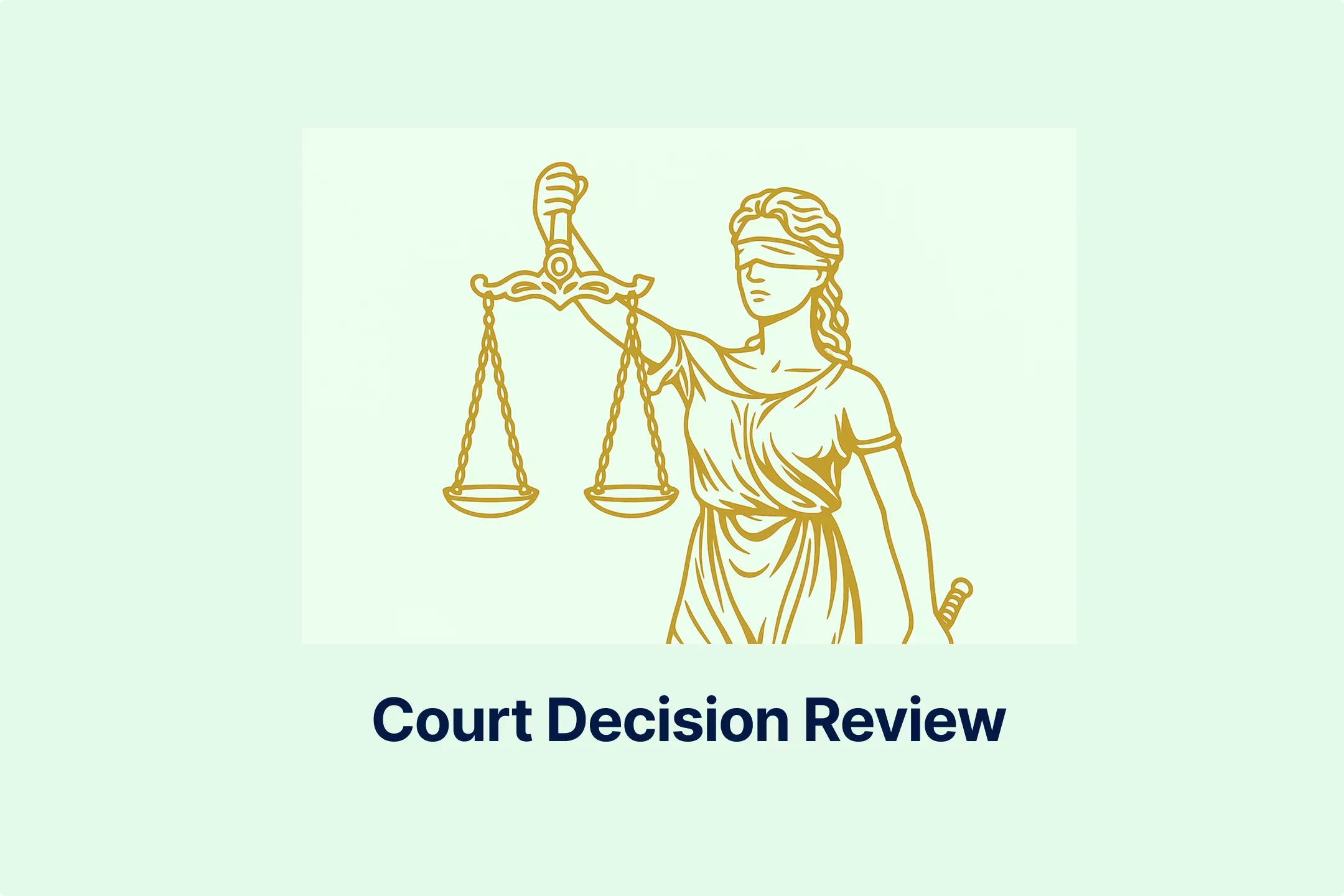
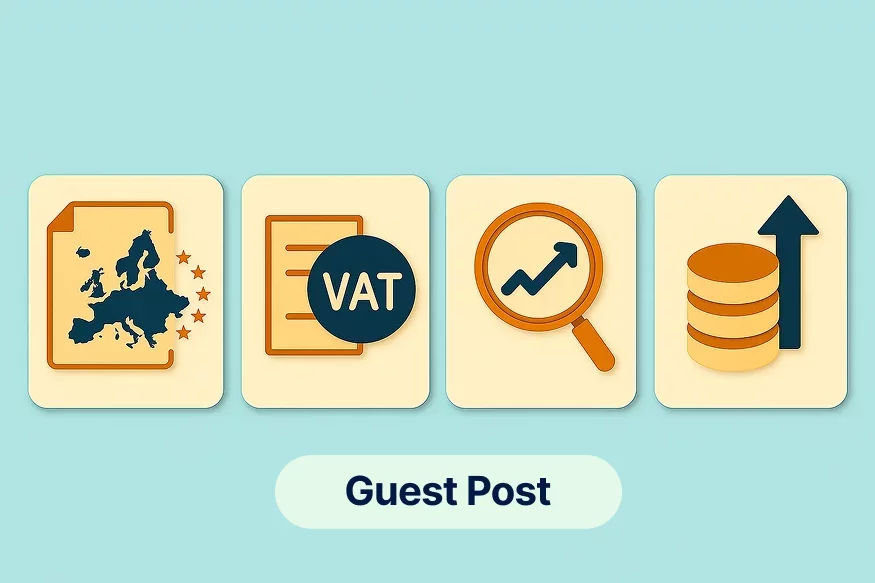
-6wv5h5eyyd.webp)
-tfgg78rbid.webp)
-a6jpv9ny8v.webp)
-qhdbapy0qr.webp)
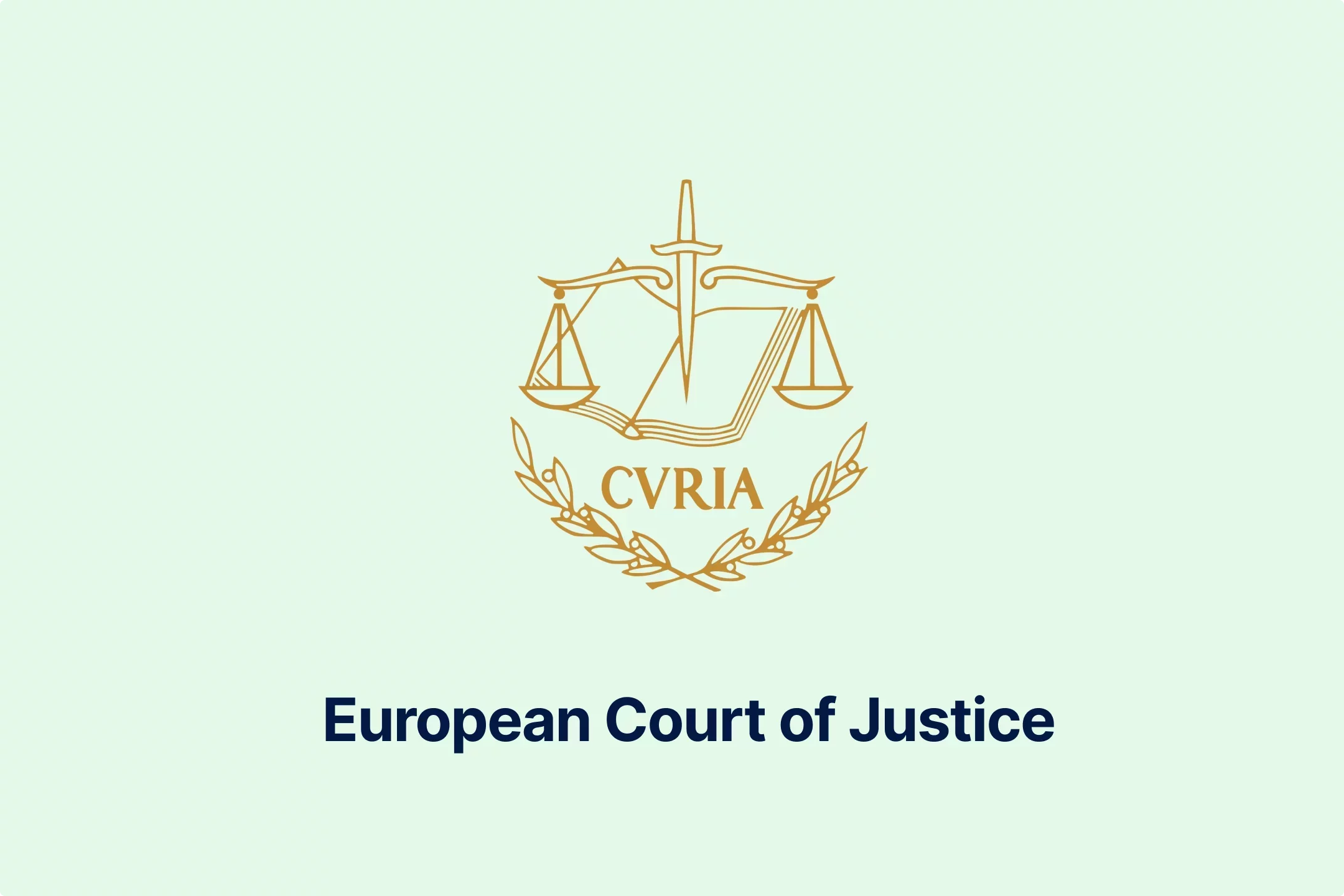
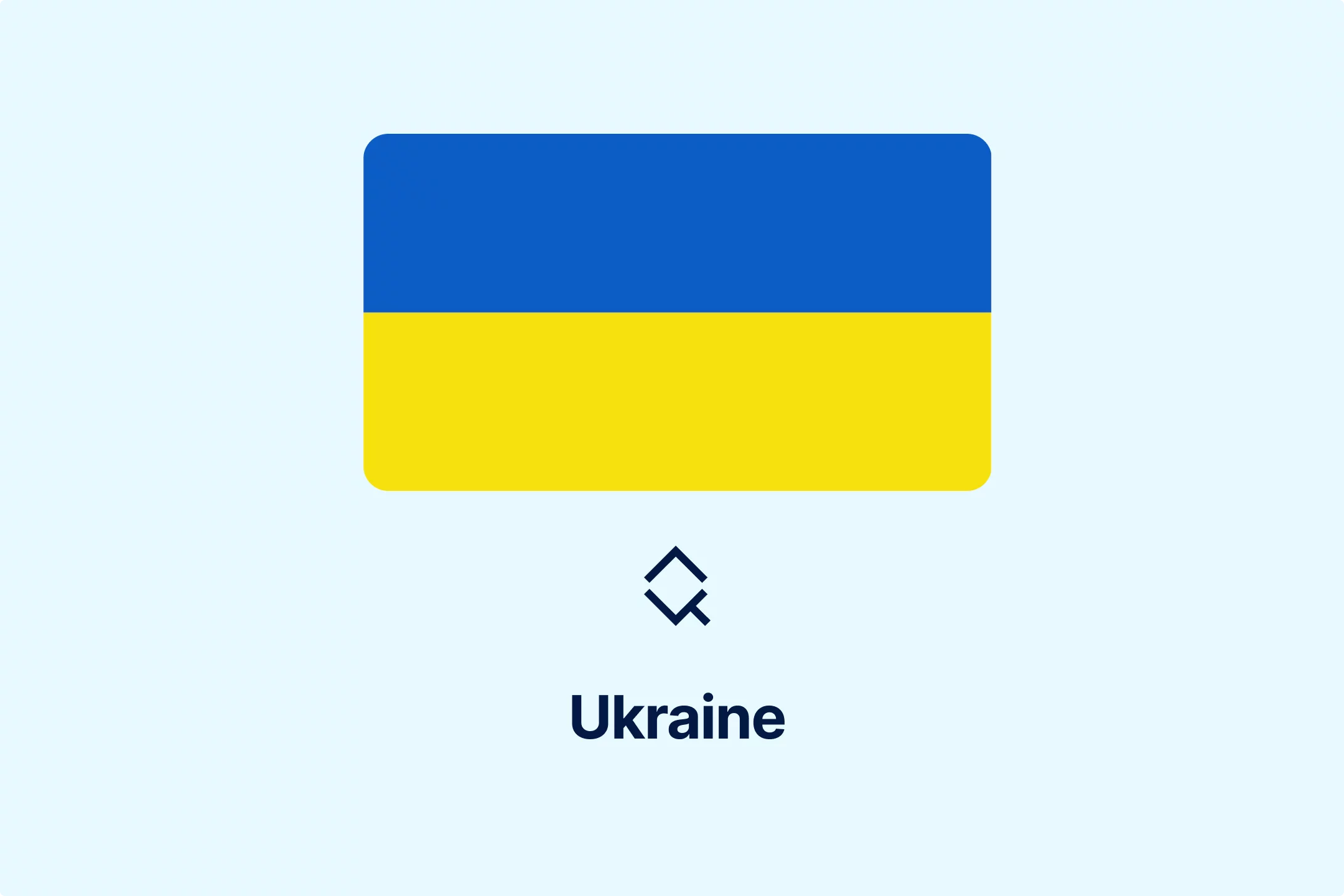
-owvu7zoc13.webp)
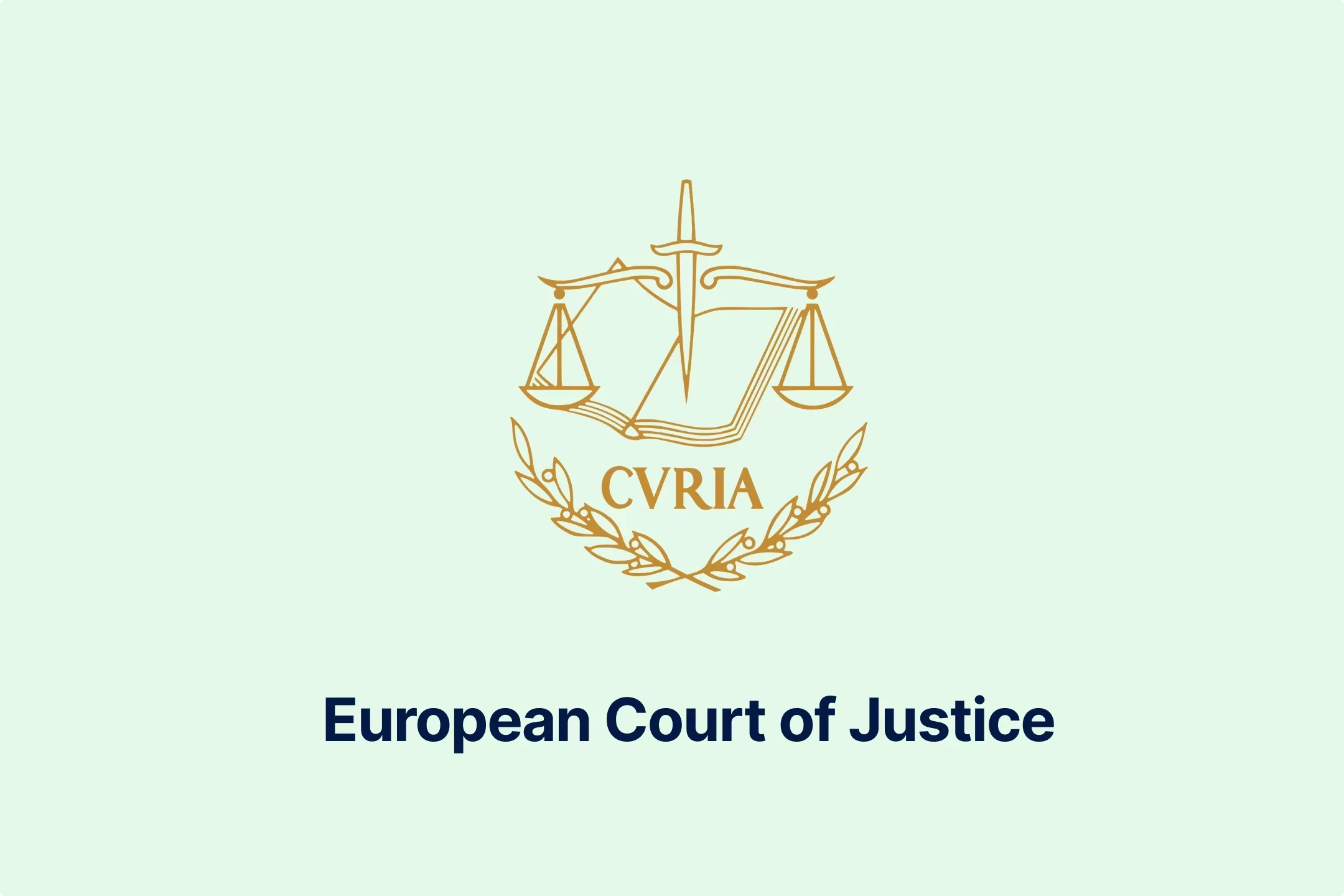

-h28jrh1ukm.webp)
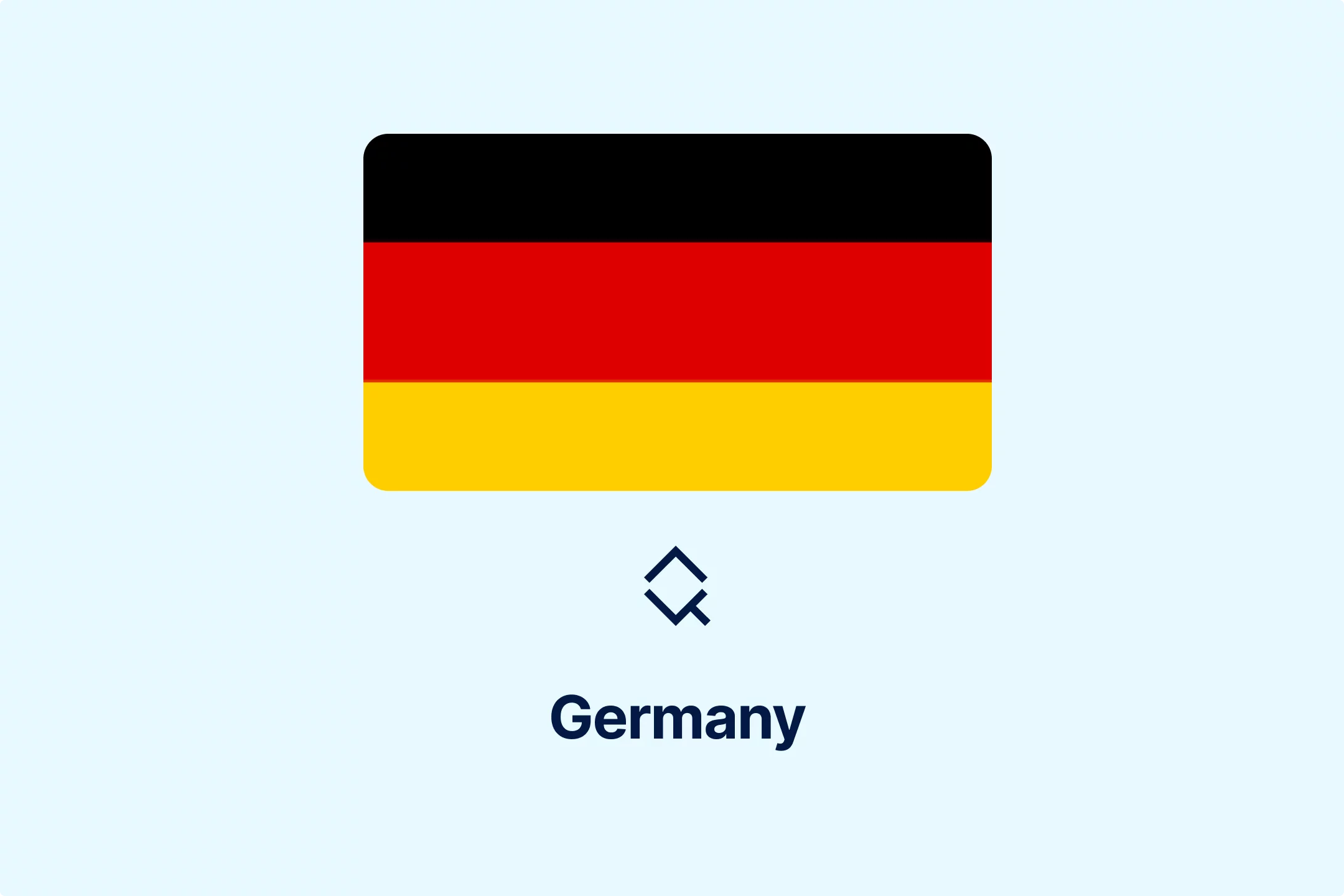
-wl9bl1rw3a.webp)
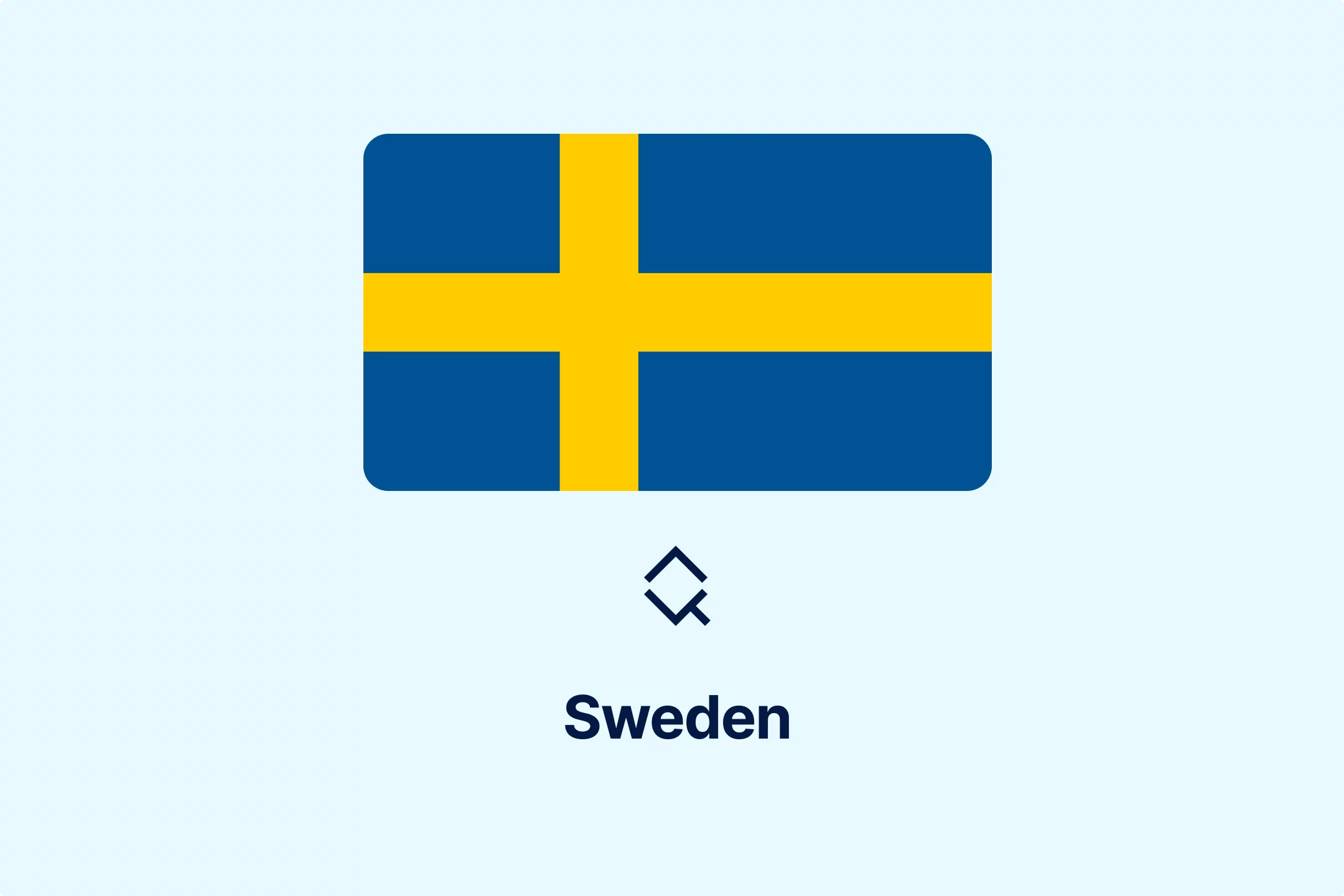
-2w76jtvtuk.webp)
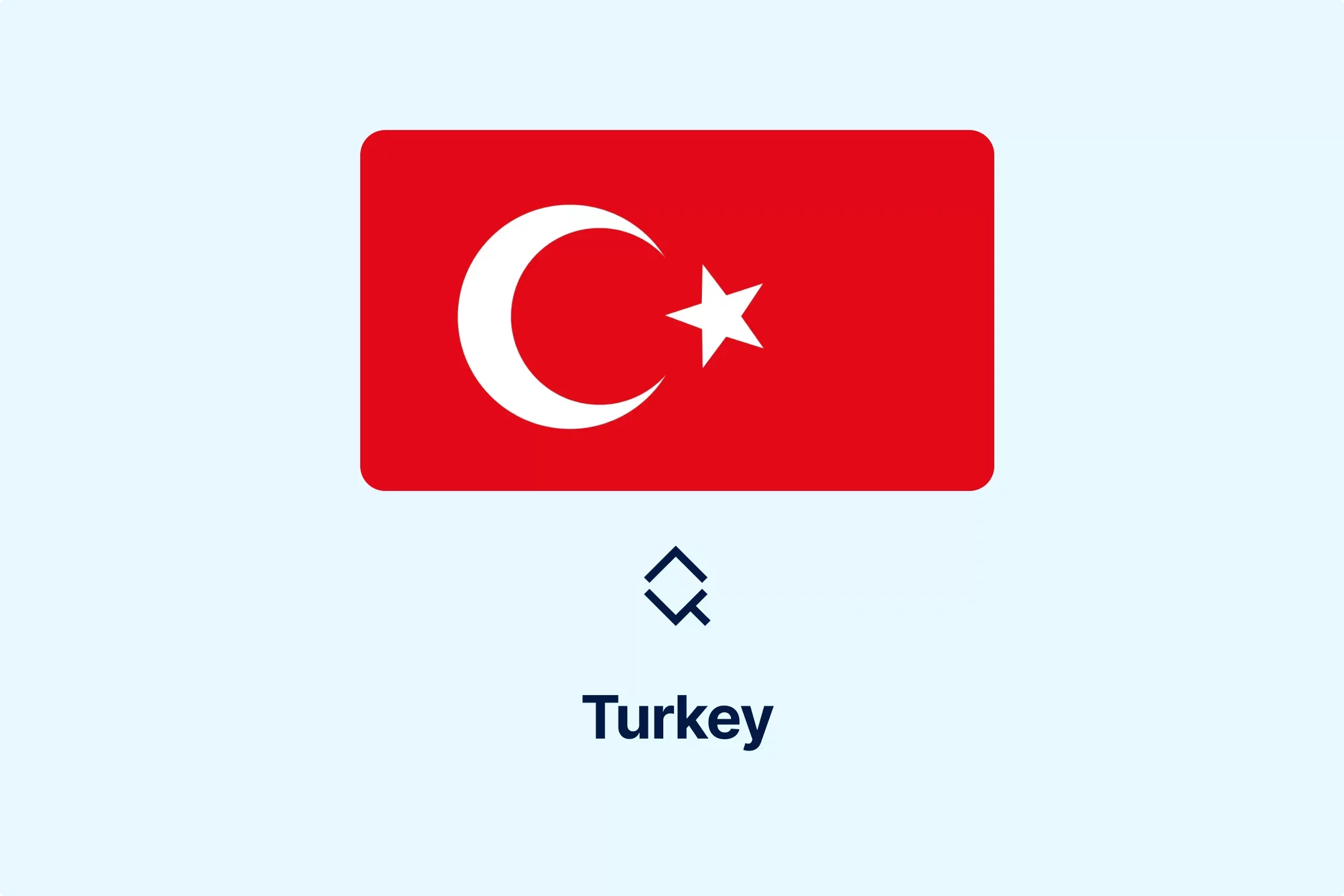
-c0uvrmrq9j.webp)
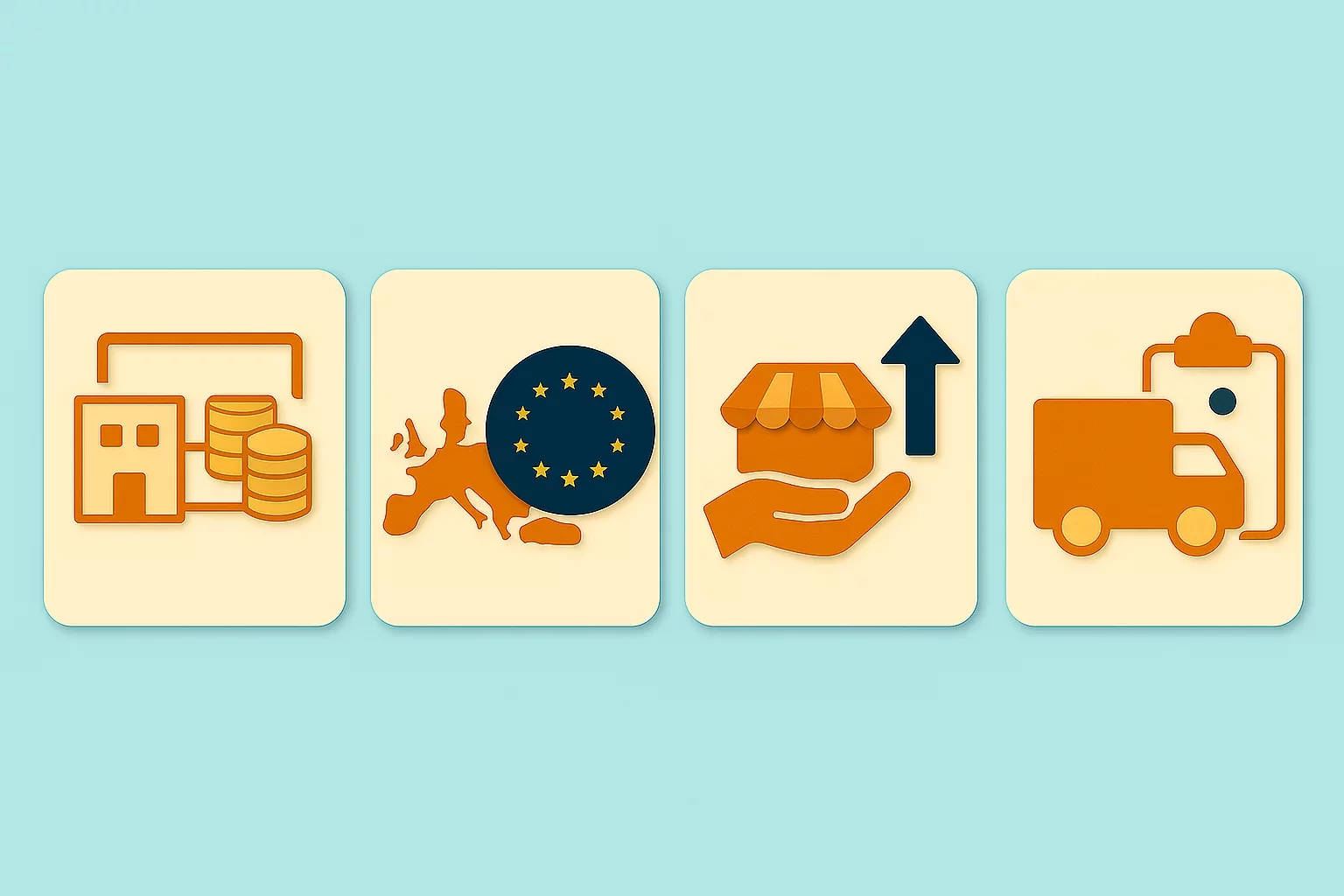
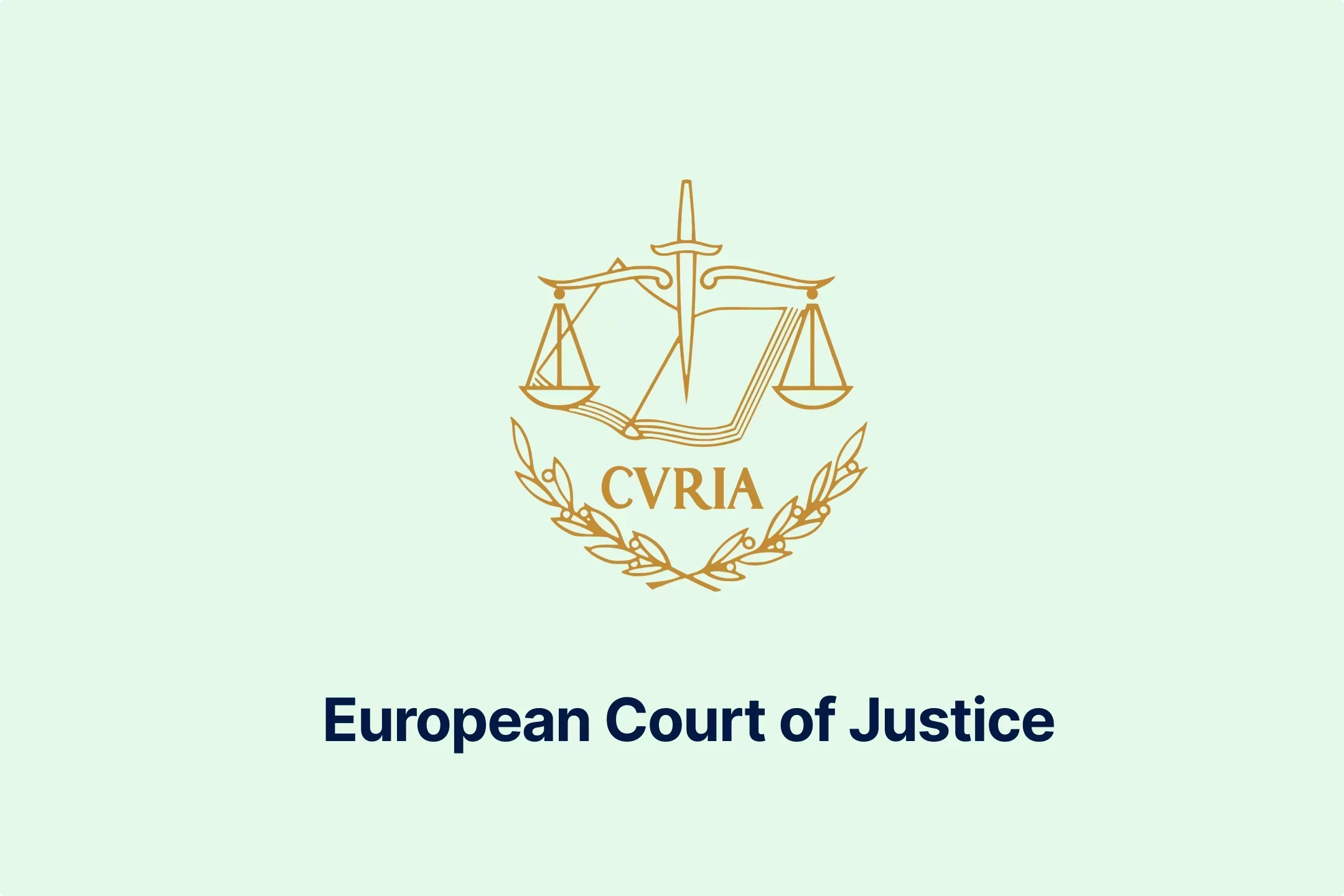
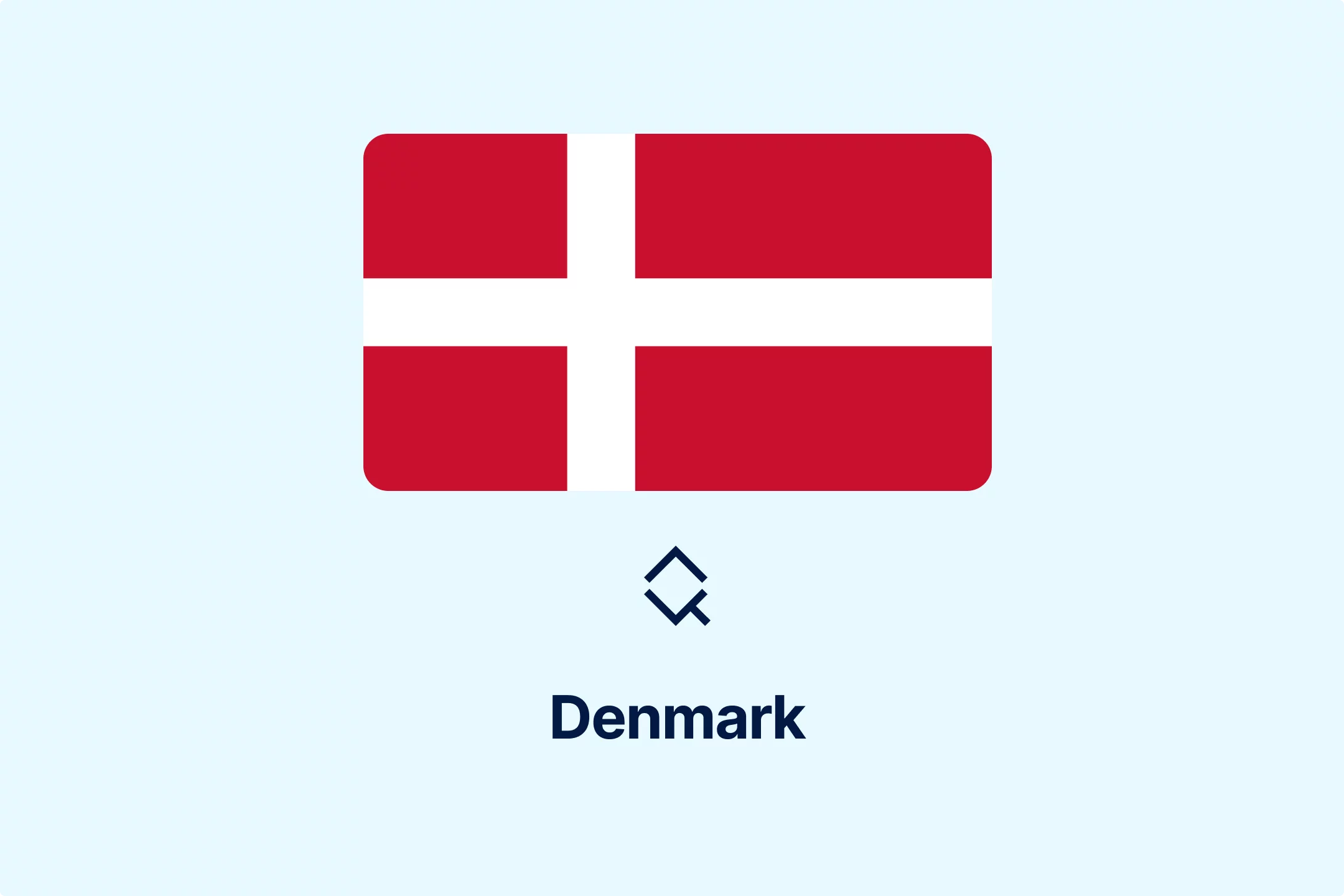
-pofe7ucwz3.webp)
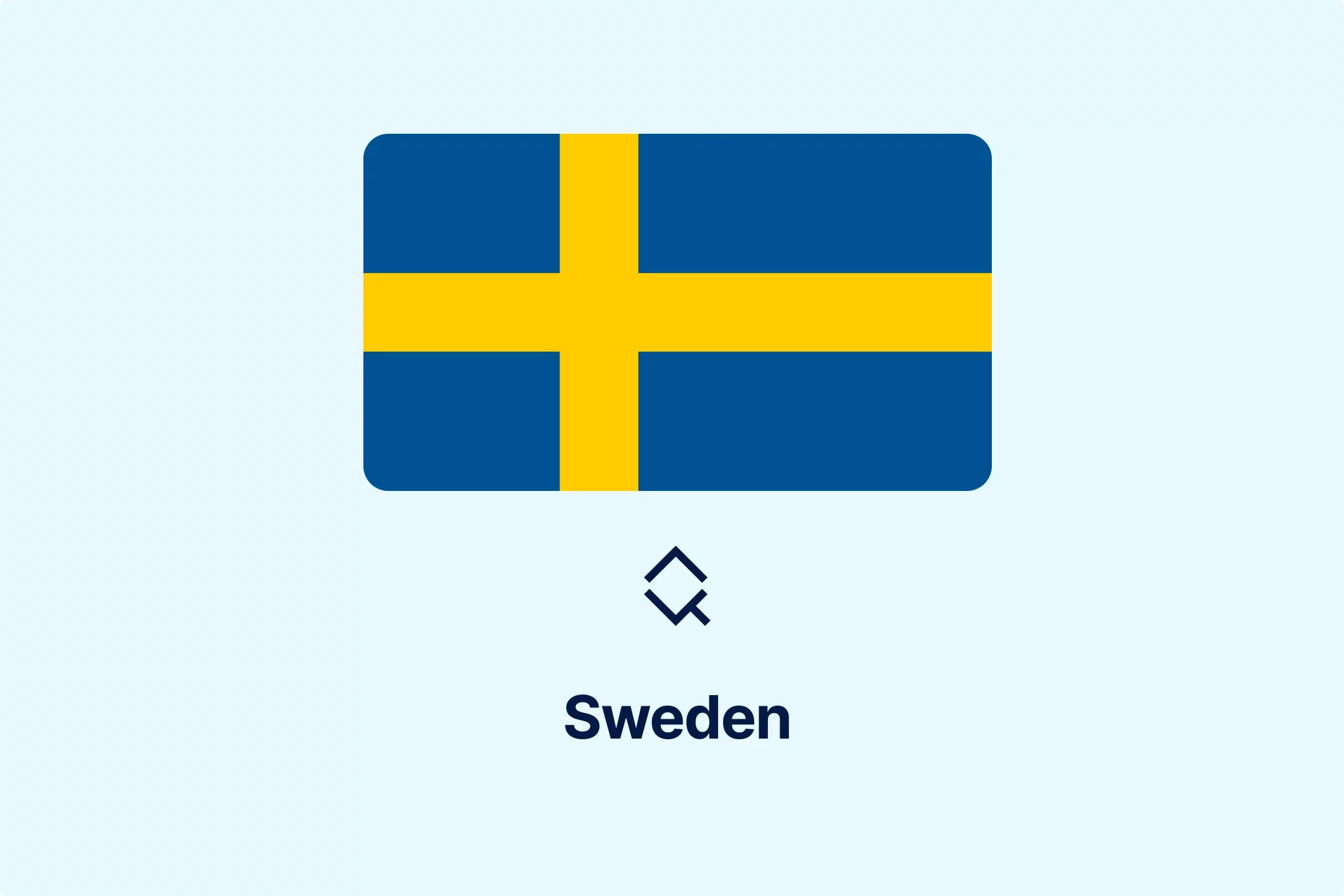
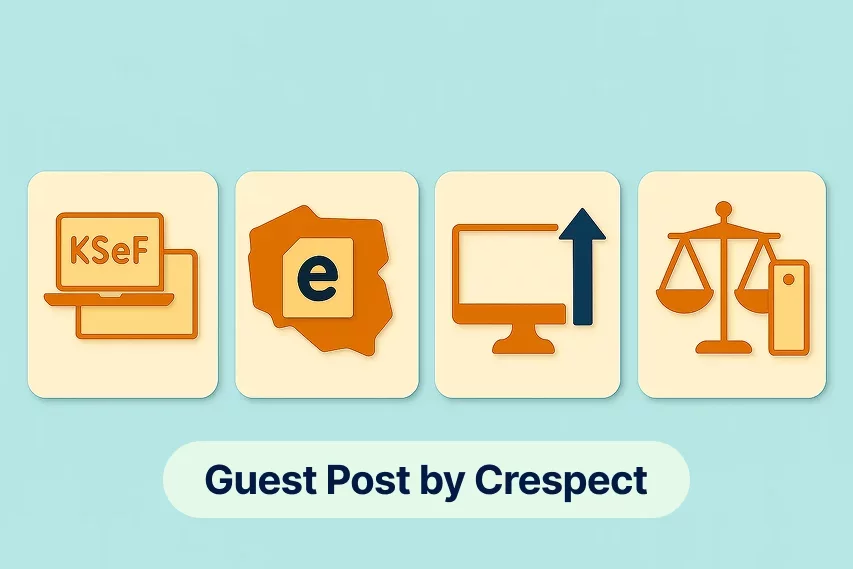
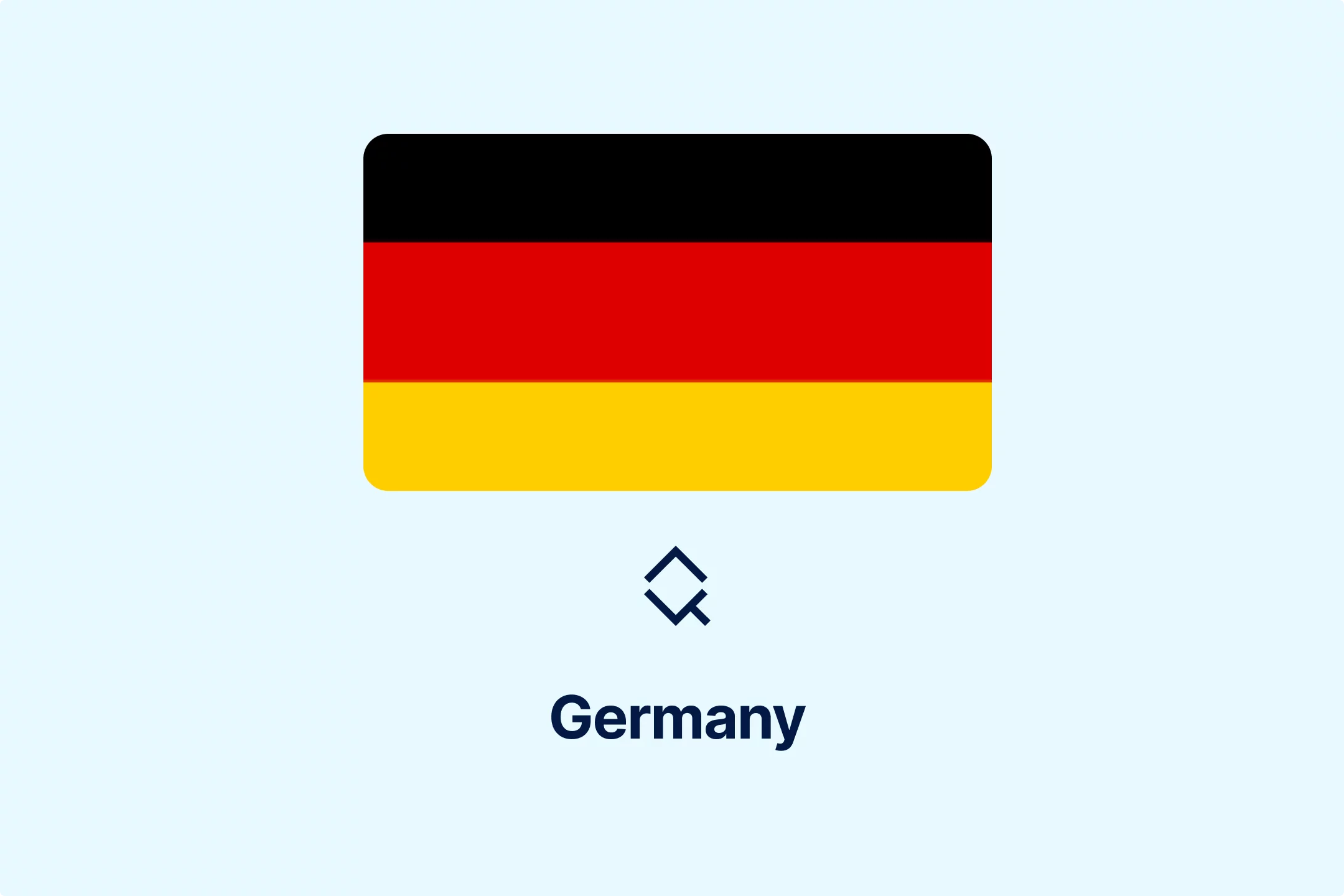
-5cc23ezxyf.webp)
-rrmabbekeb.webp)
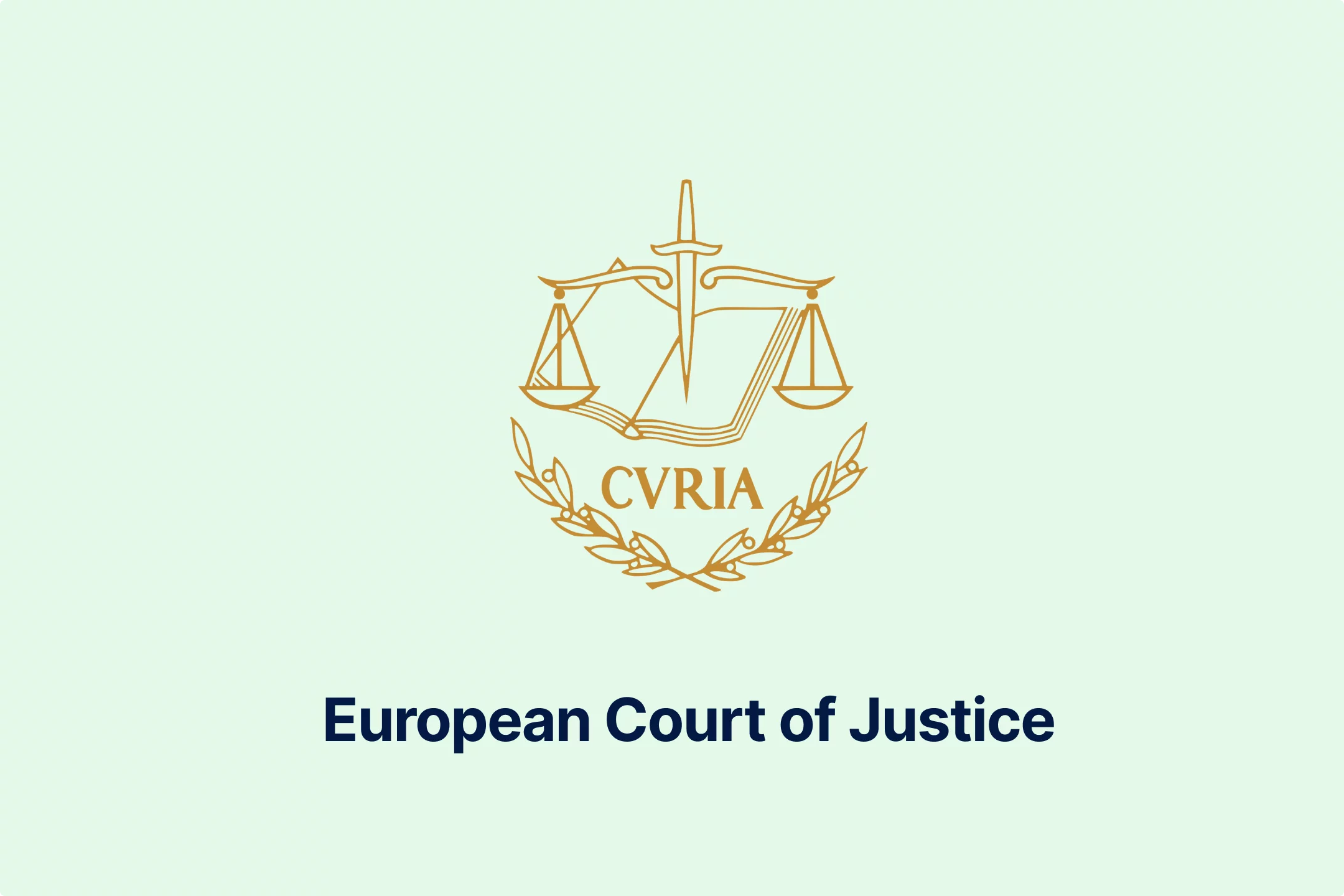
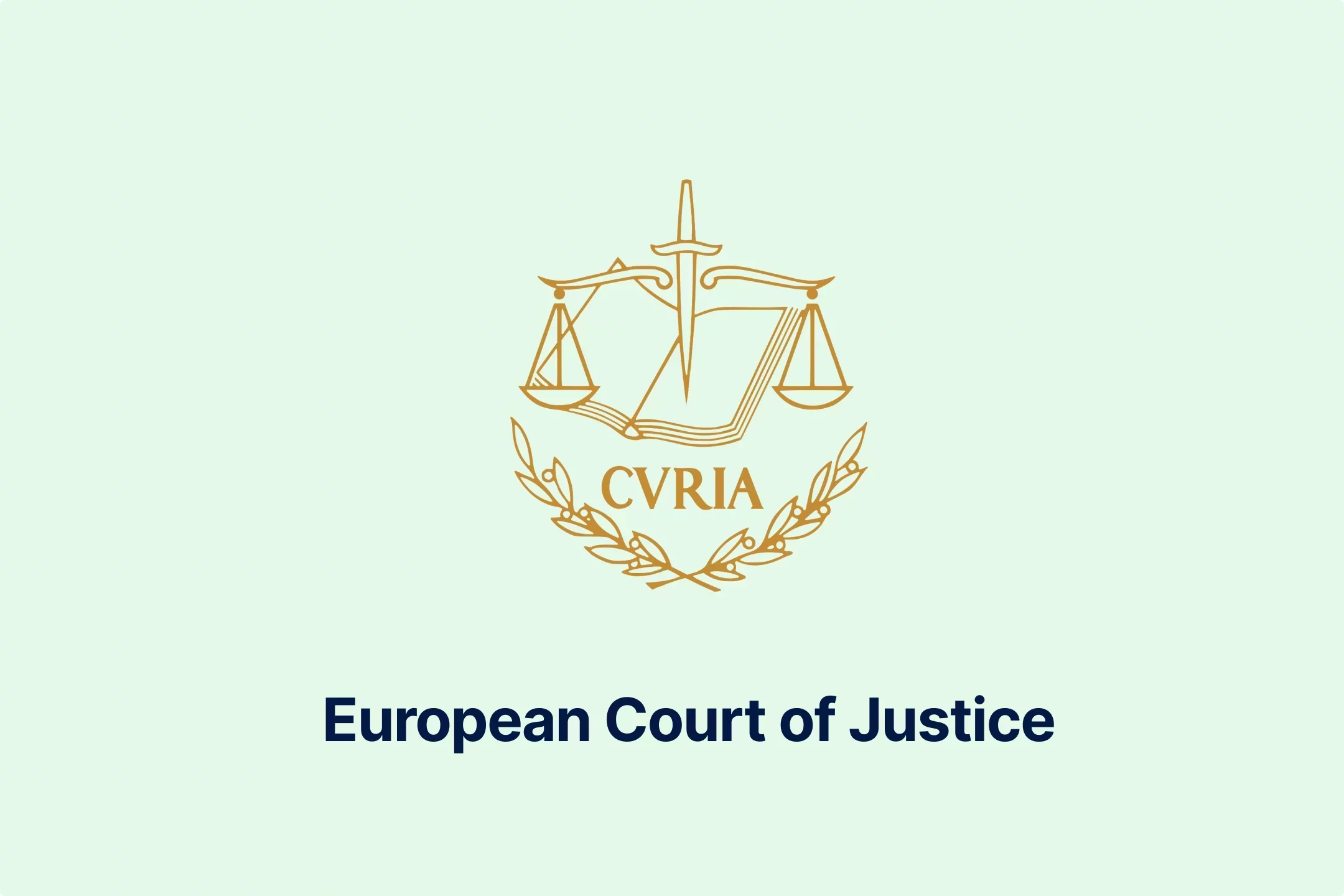
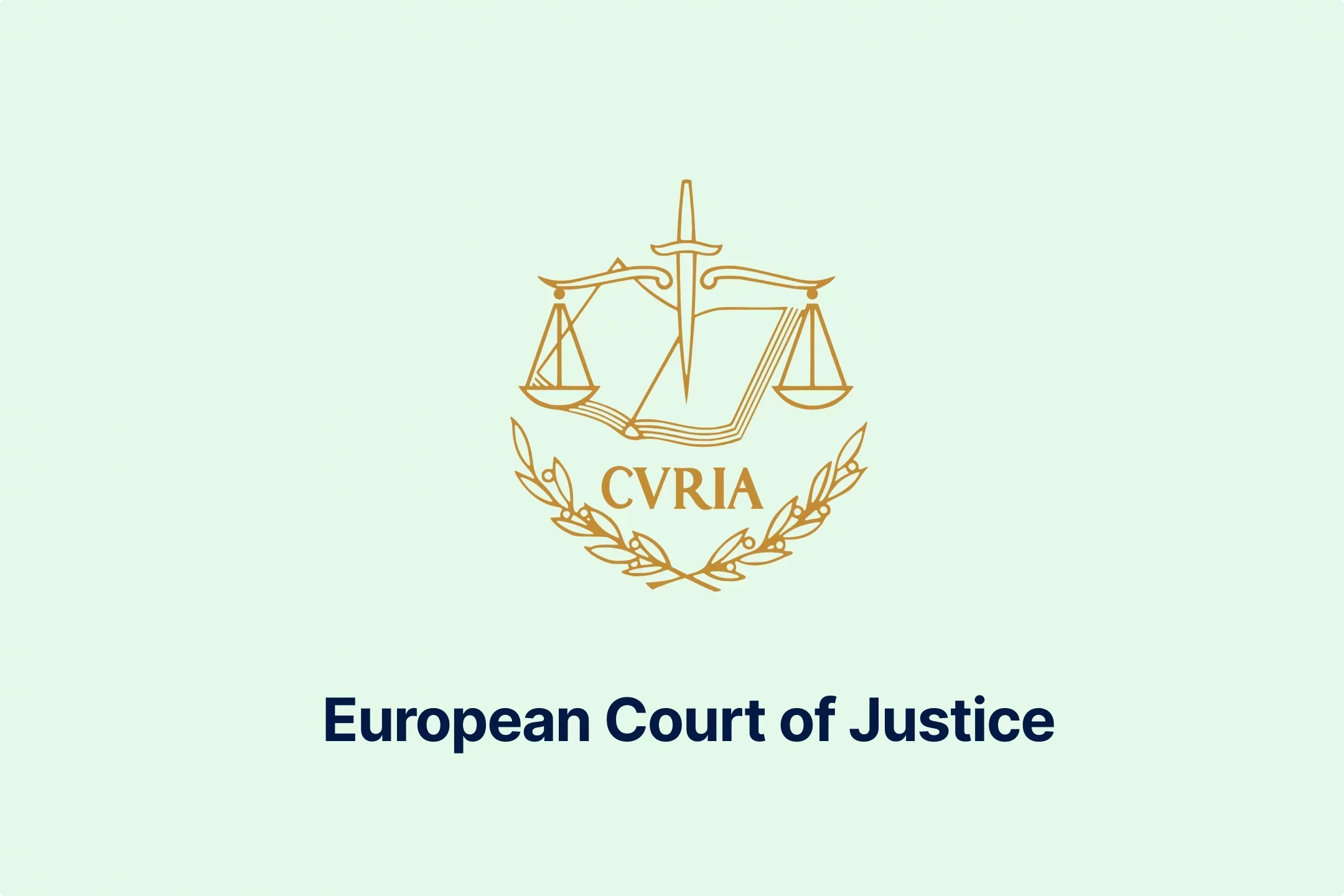
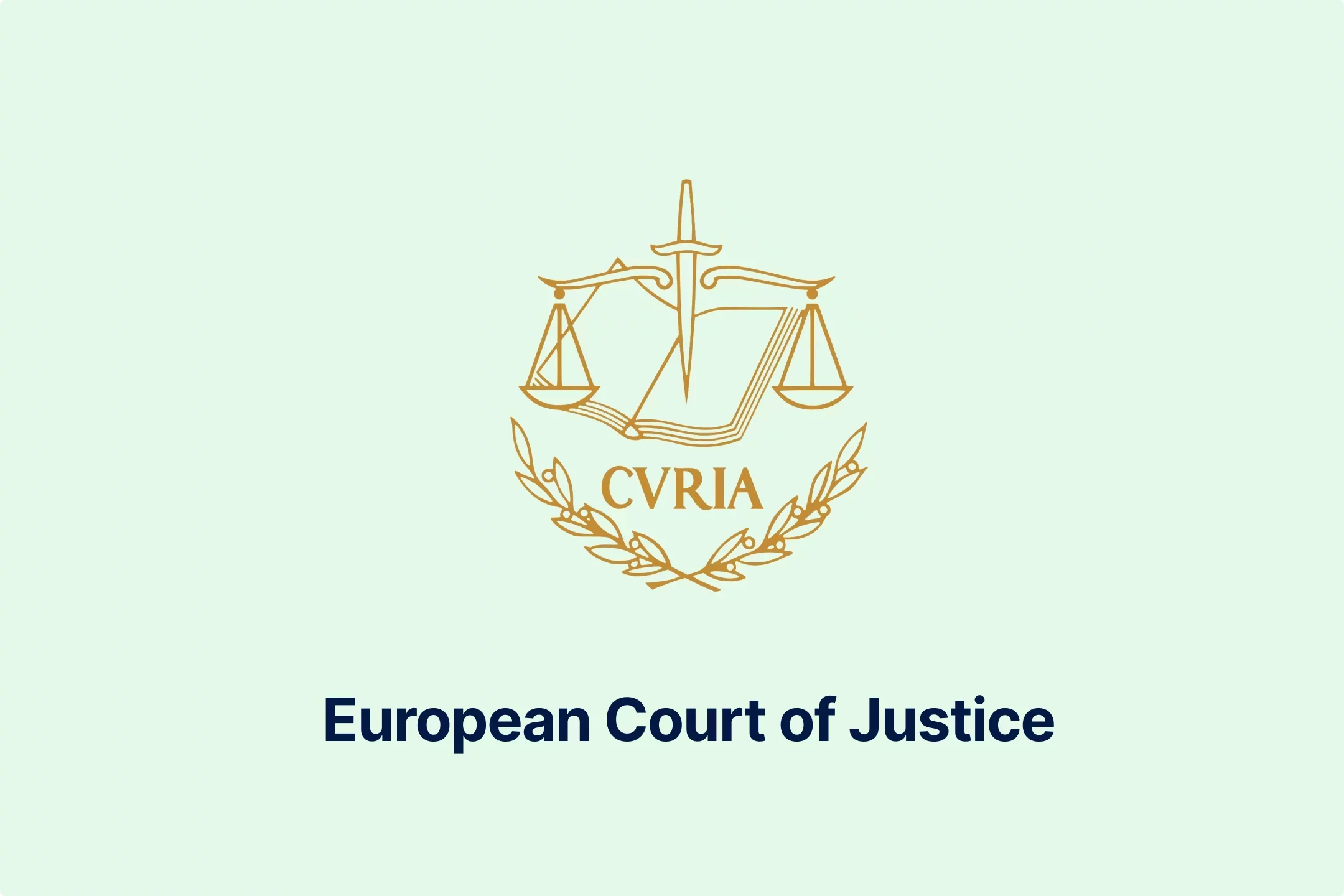
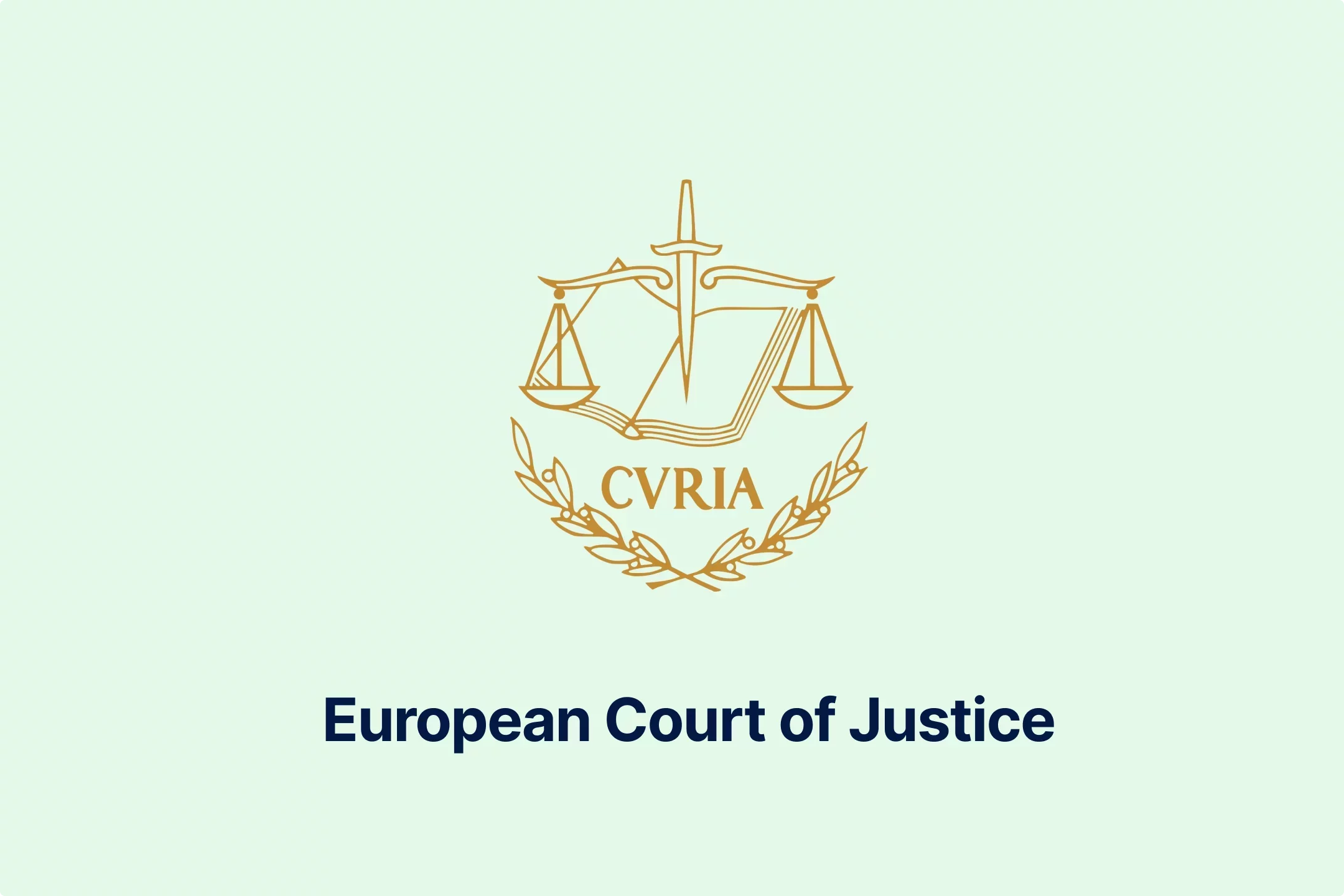
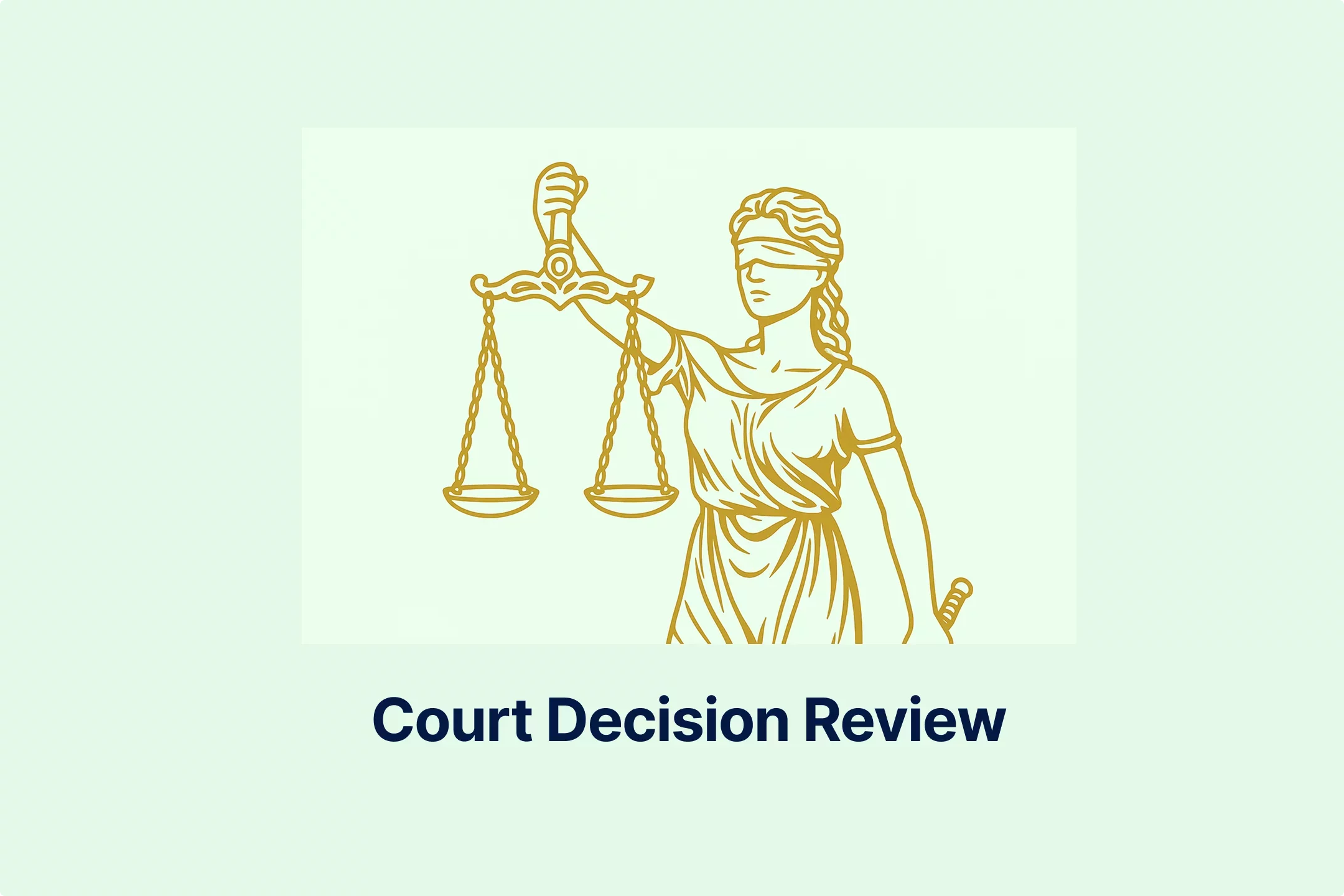
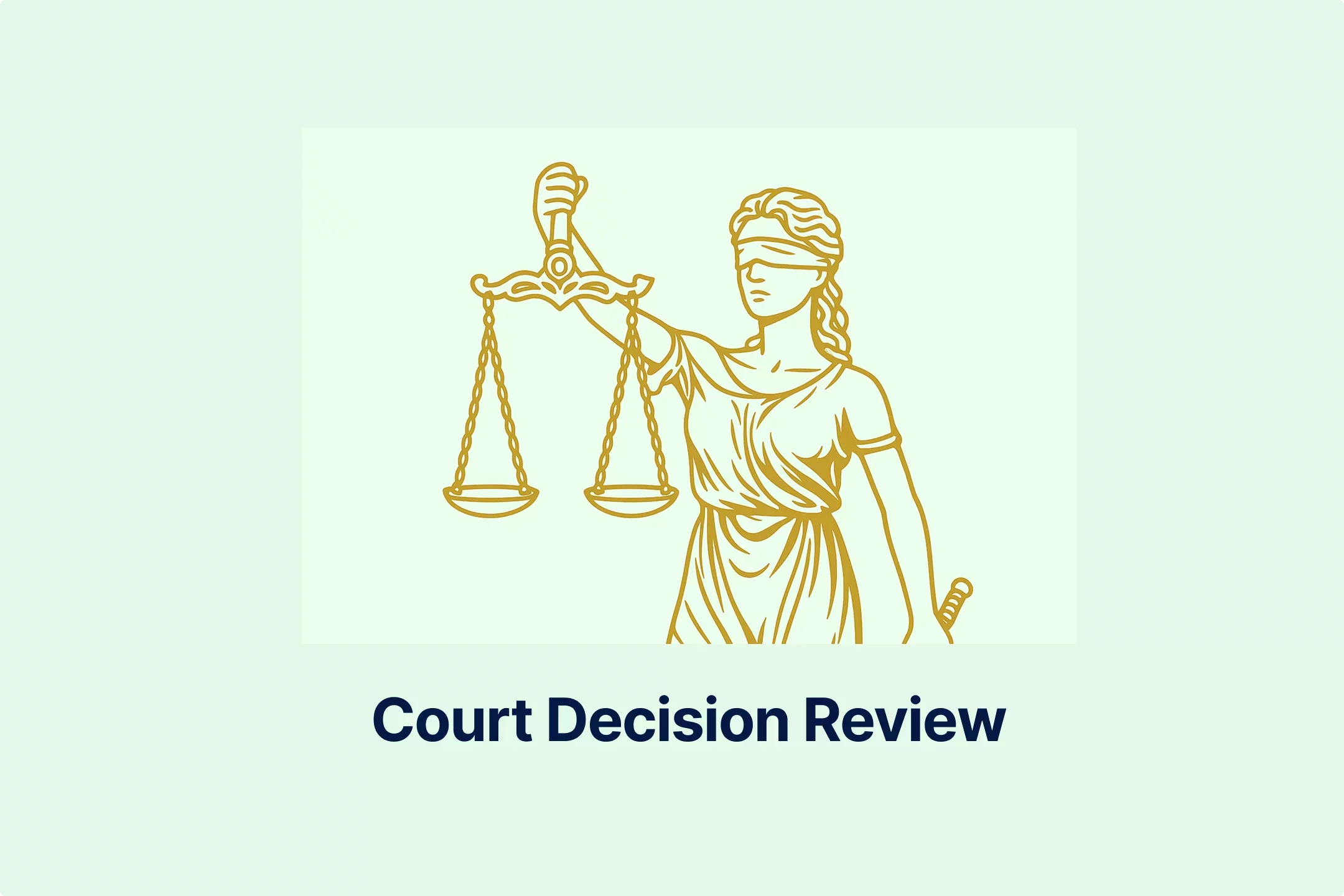
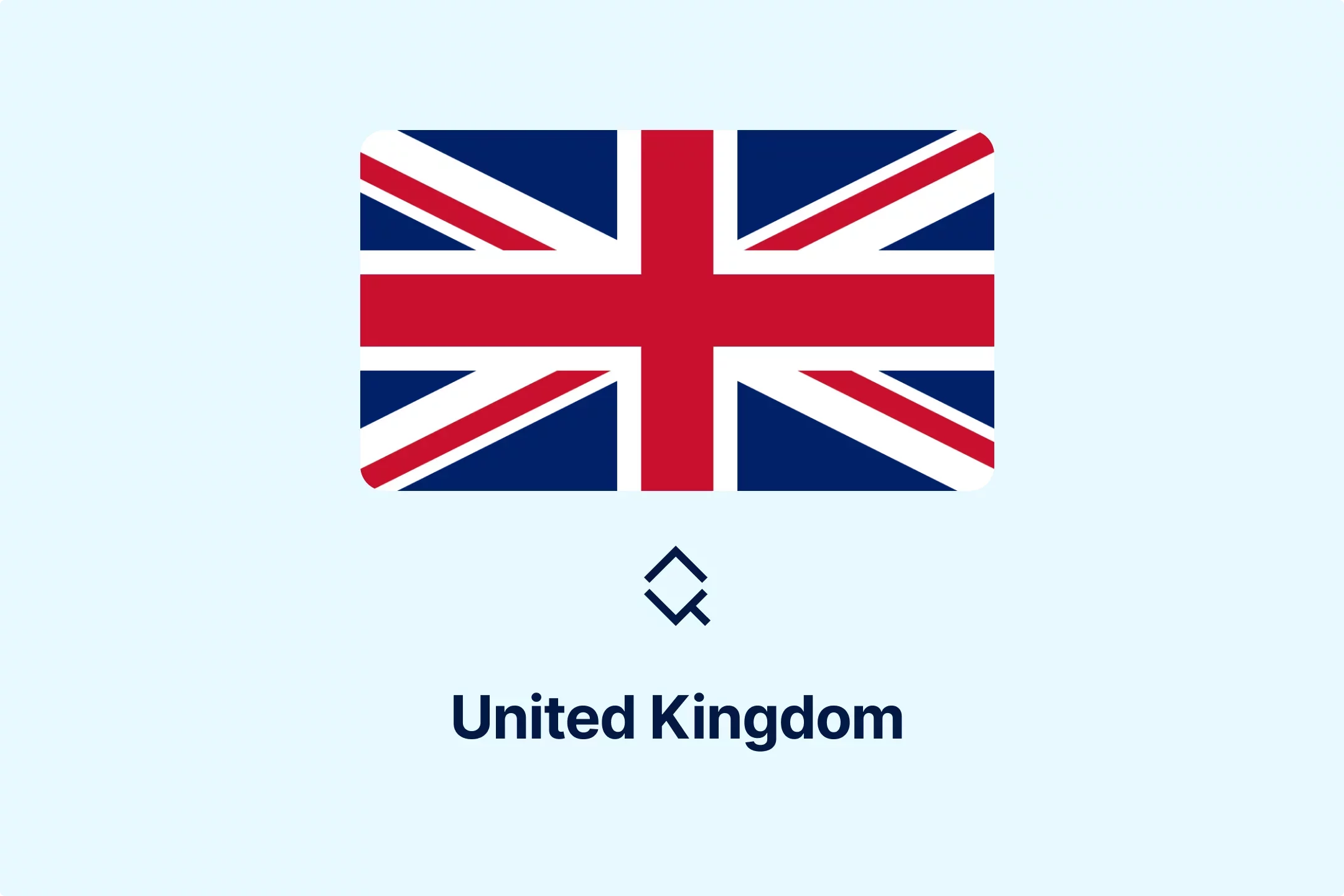
-iyyeiabtaf.webp)
-c8rbjkcs01.webp)
-nilkffjhah.webp)
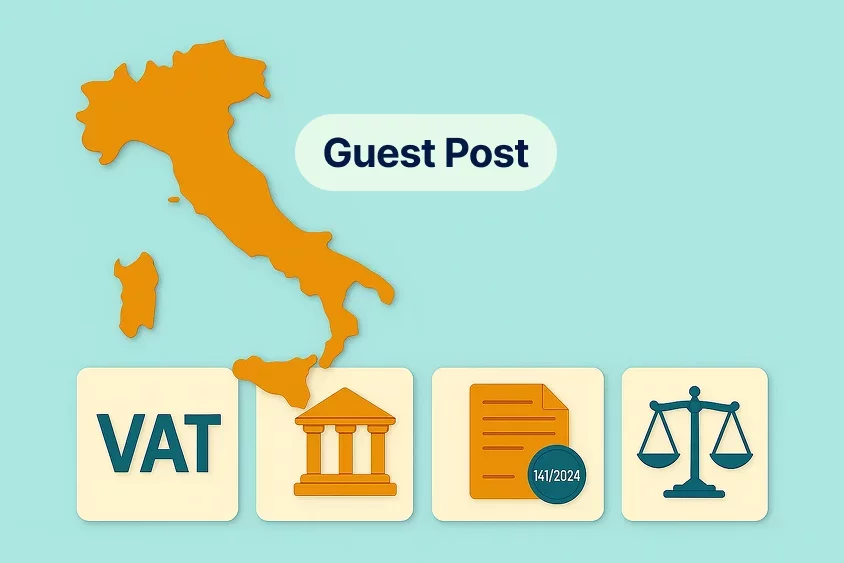
-hikakq55ae.webp)
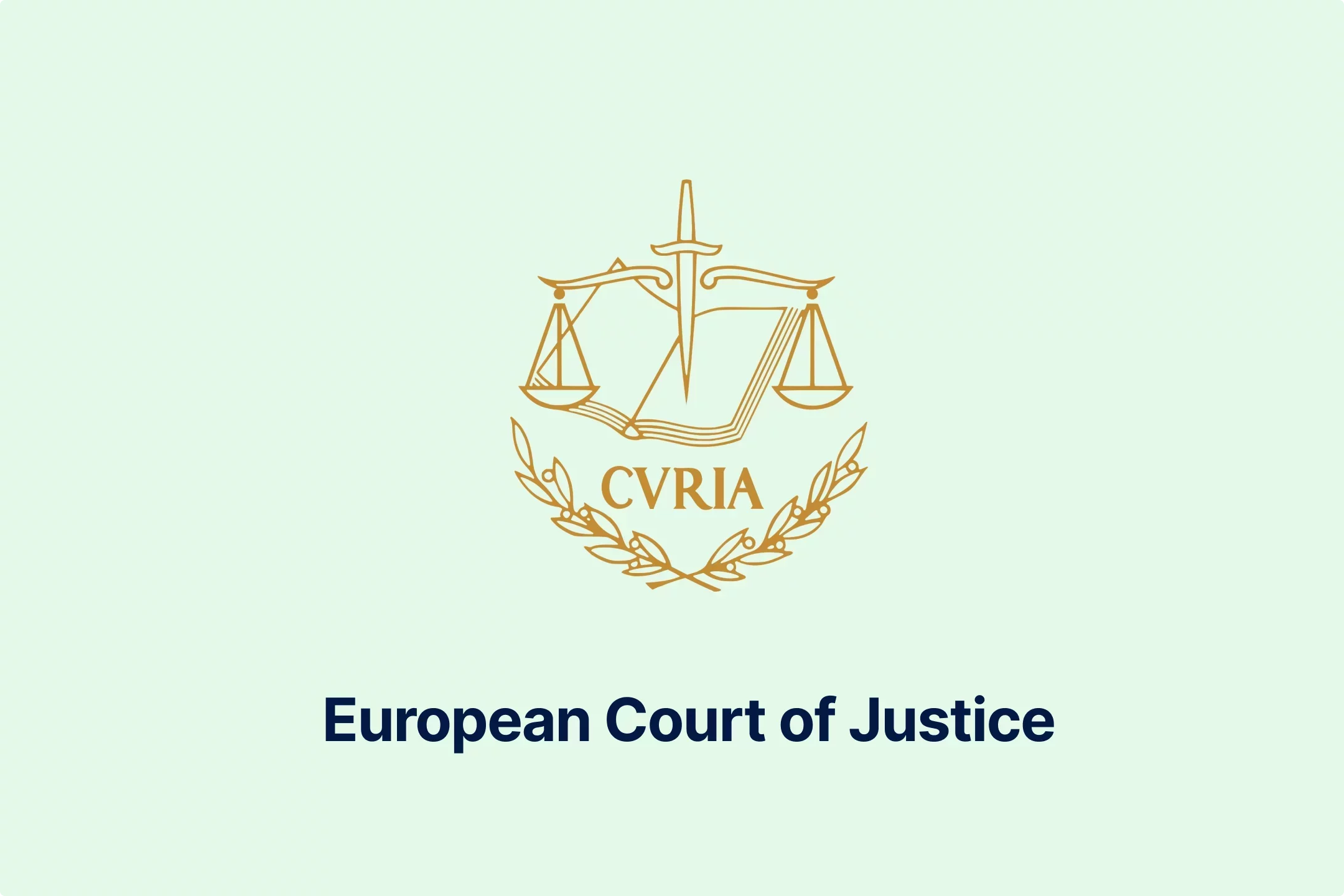
-z1d60bldtg.webp)
-d1a0q6n7mp.webp)
-viip8nvoeh.webp)
-bvv1otliox.webp)
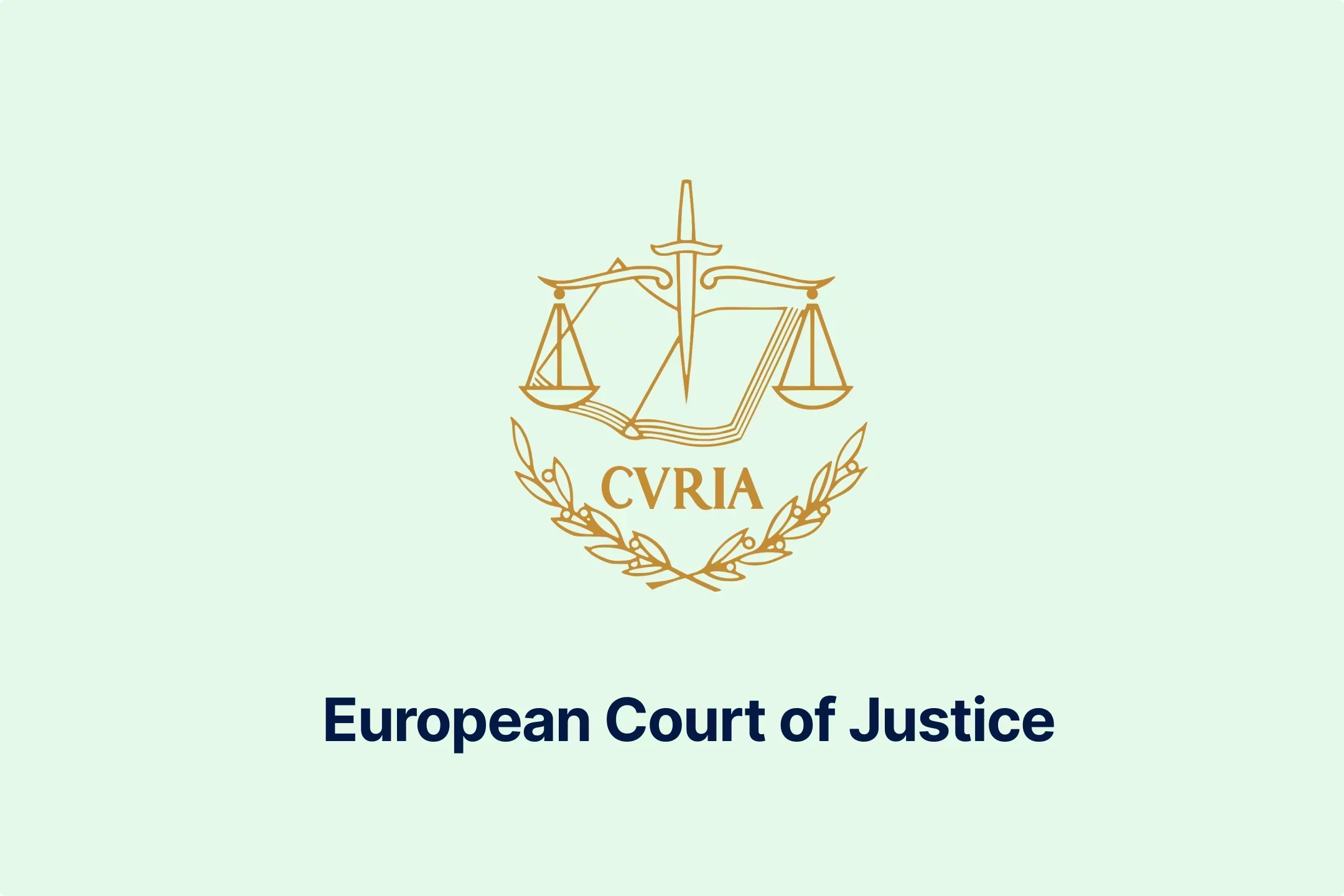
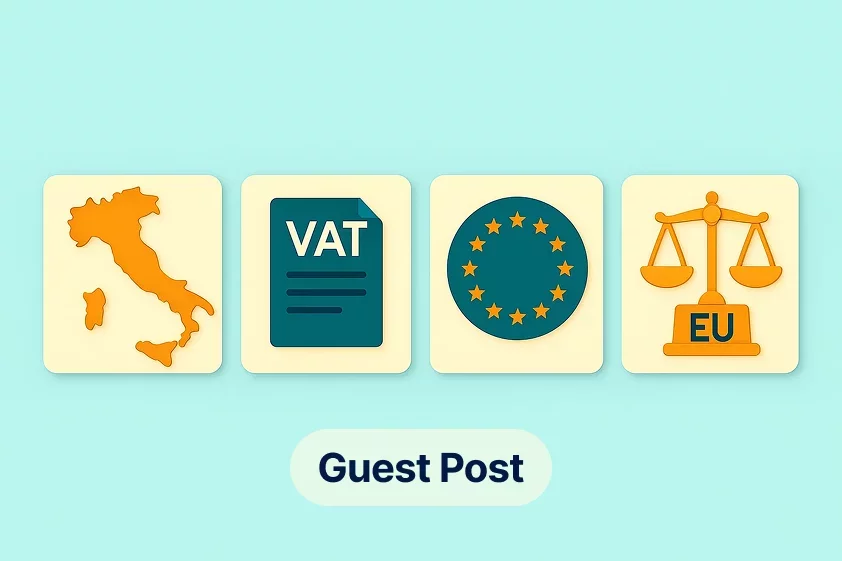
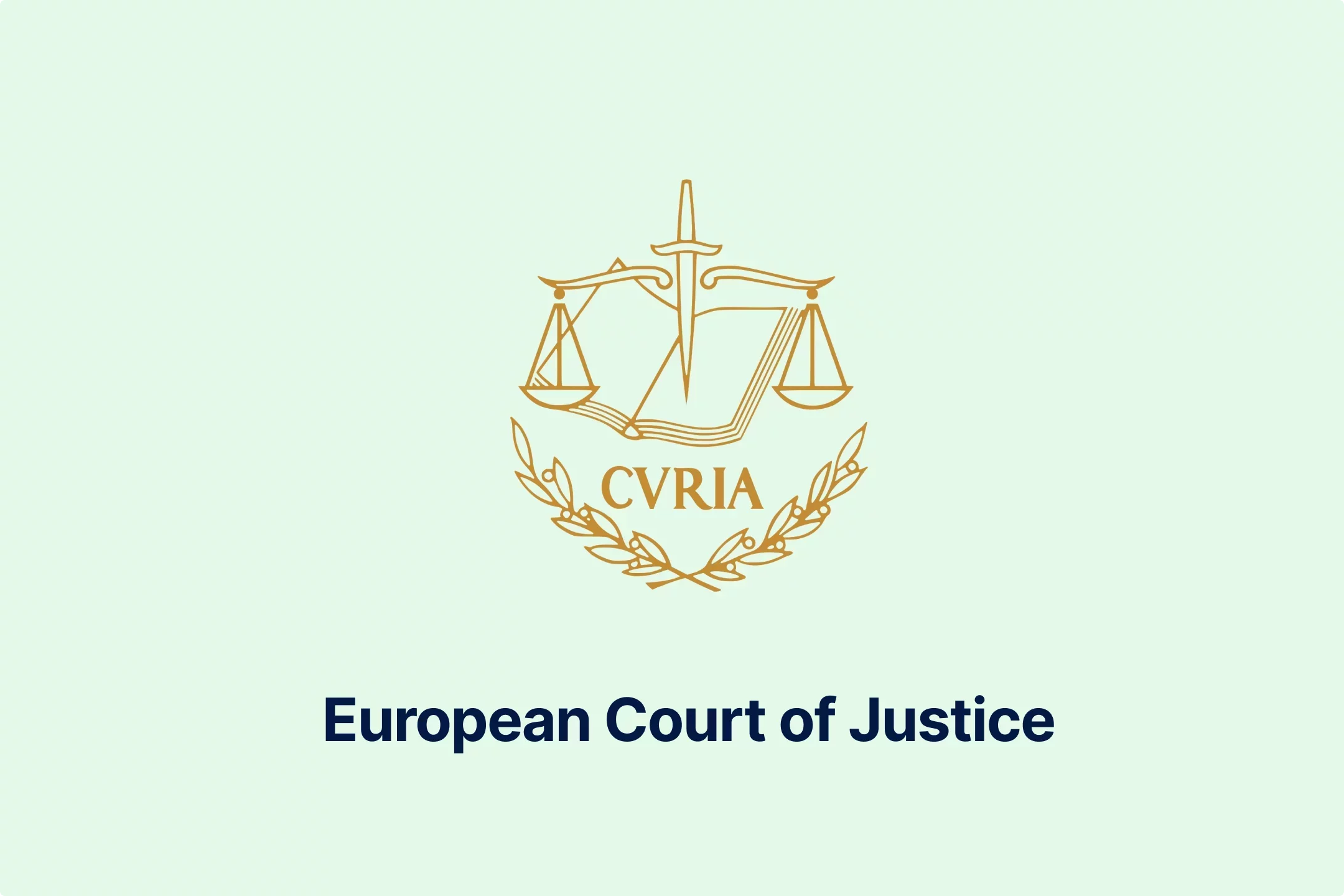
-de8hdb1bn3.webp)
-7xsxxoypnx.webp)
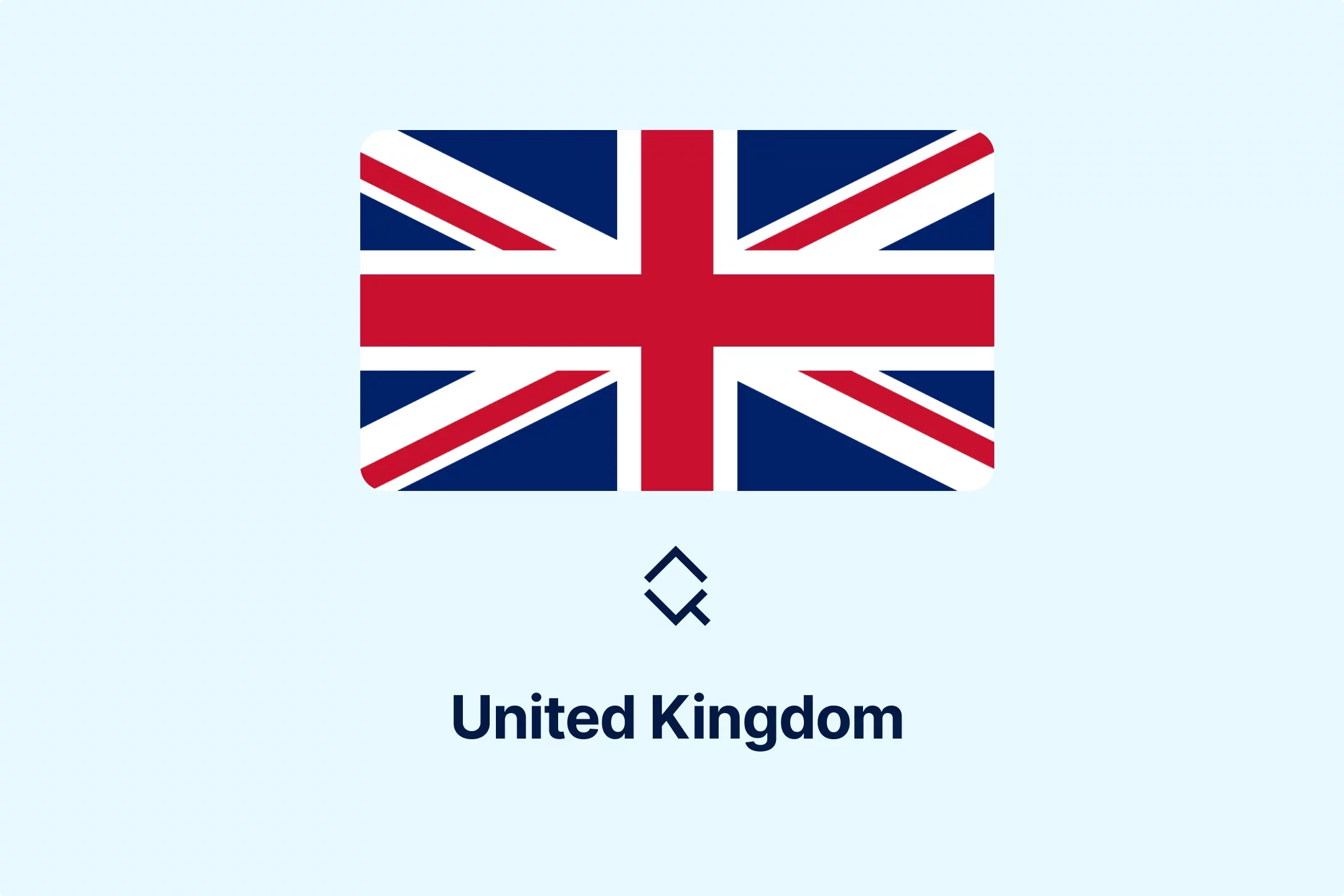
-cm0opezg73.webp)
-0tovsdupmi.webp)
-subxdamdj6.webp)
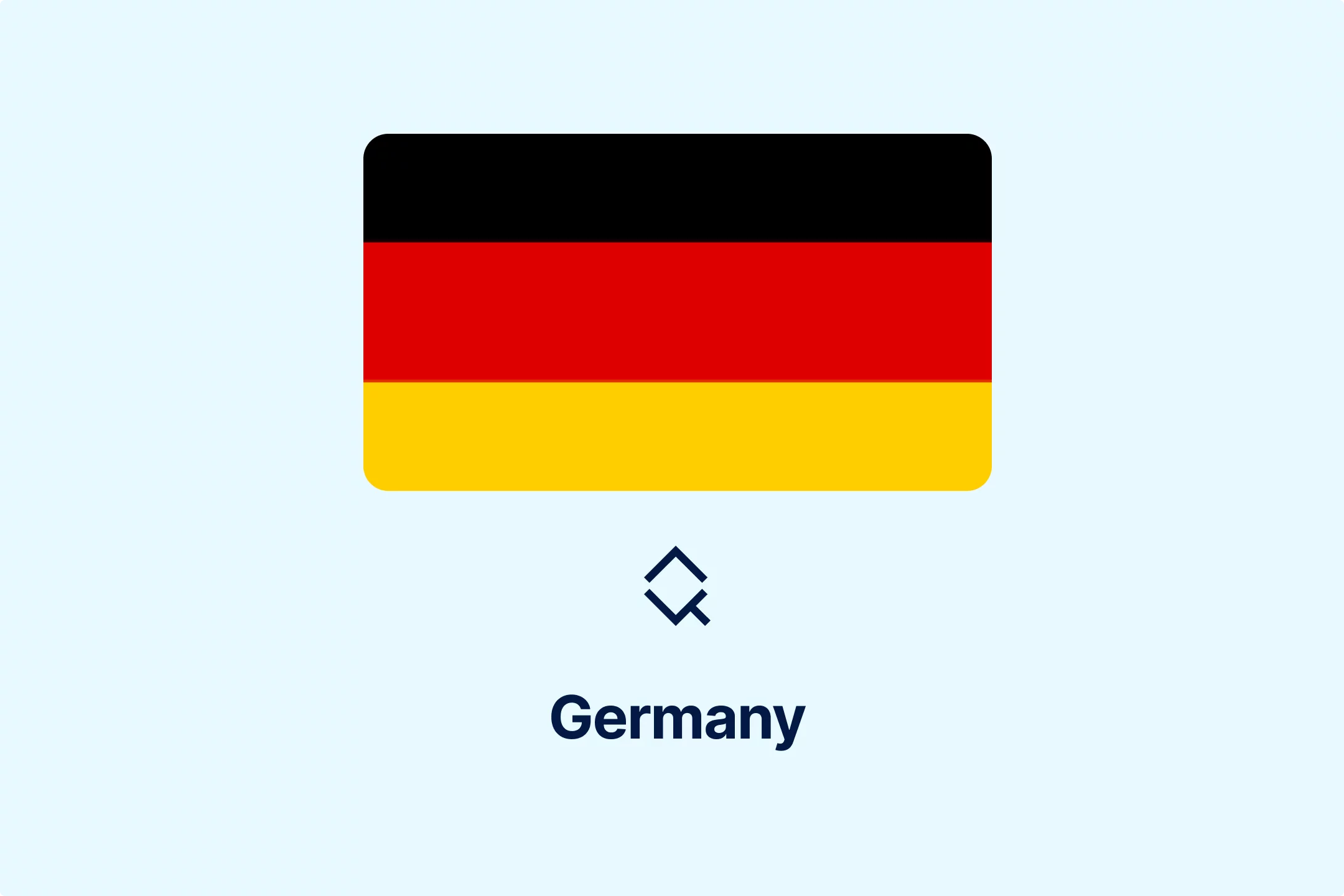
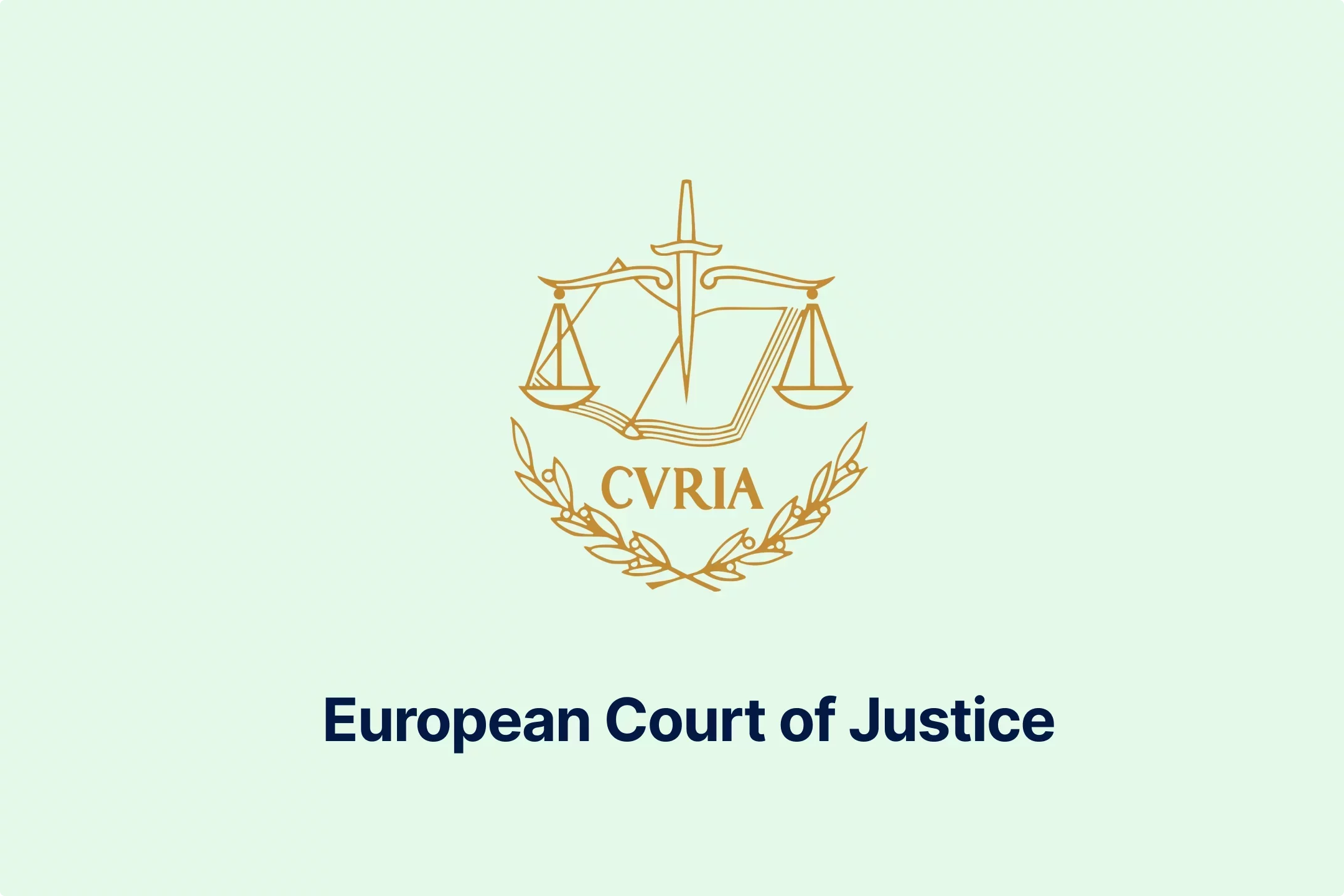
-gly6ablwnh.webp)
-gkduqhwbzh.webp)
-qpe1ld9vcj.webp)
-8noukwsmba.webp)
-aka29tuhkt.webp)


-fisvs27yrp.webp)


-mp0jakanyb.webp)

-aivzsuryuq.webp)



-o7f4ogsy06.webp)

-zjja92wdje.webp)
-hrbhdts8ry.webp)
-qtdkwpgkug.webp)


-cf8ccgah0p.webp)
-0em3cif5s6.webp)





-ptzesl0kij.webp)

-tfzv42pyms.webp)





-uodv7sfbih.webp)
-bbrdfmm9qf.webp)



-m2tl8crfqr.webp)


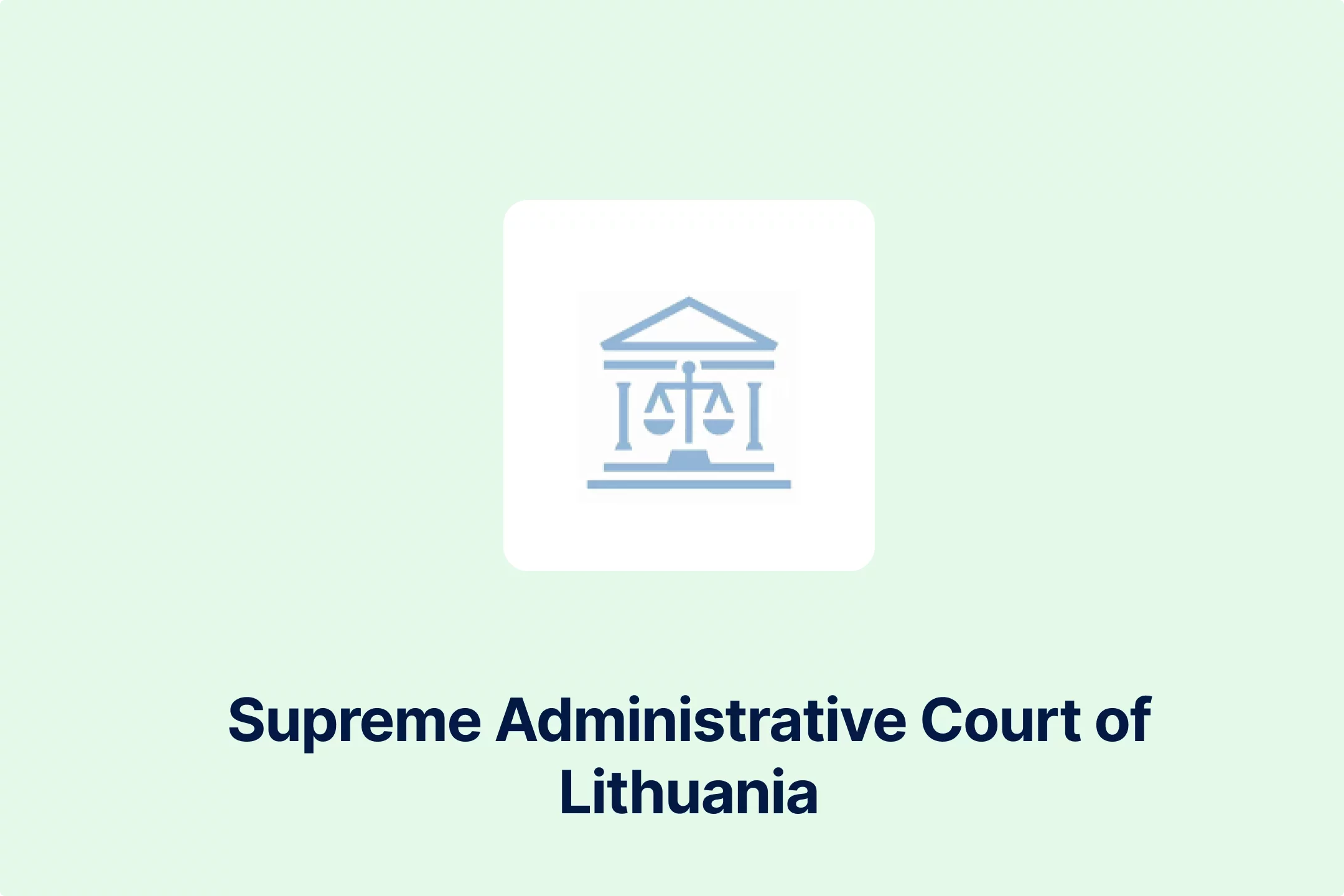

-1awbqjgpjs.webp)
-avbjsn1k1g.webp)


-0h8ohkx6s0.webp)


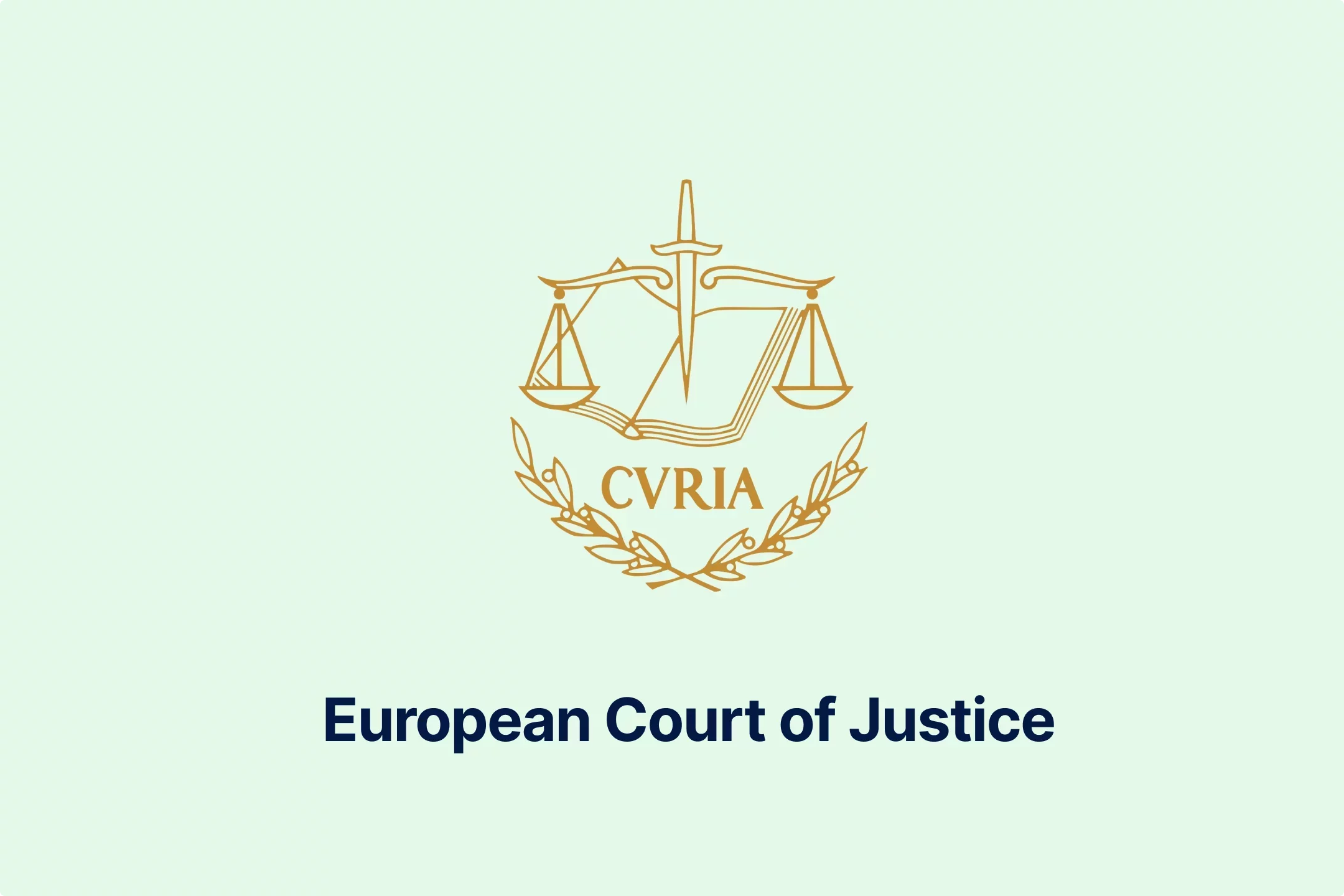
-wfmqhtc7i6.webp)
-7wljbof2zo.webp)
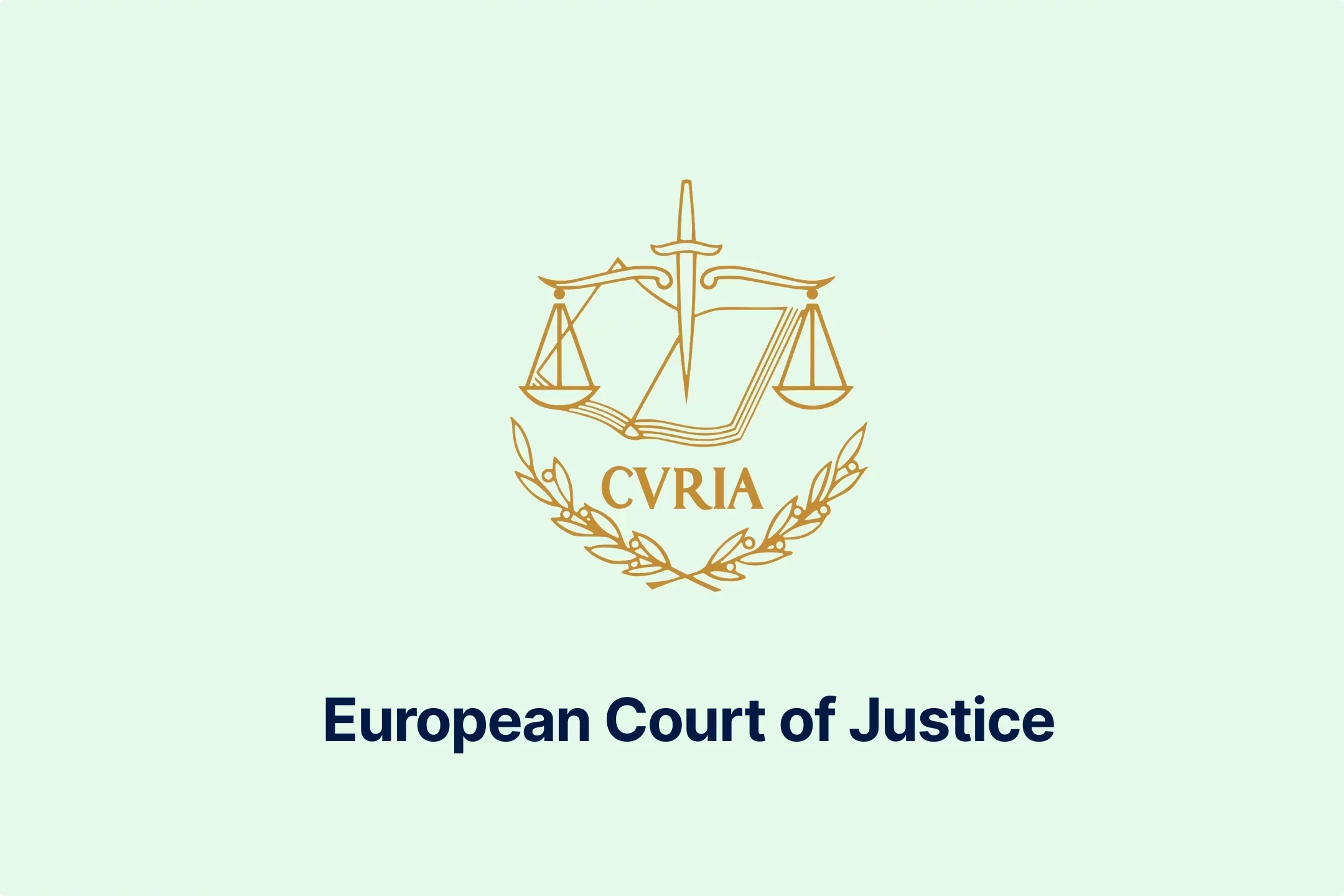
-eqt97uyekl.webp)
-wzw9mcf563.webp)

-z4oxr6i0zd.webp)




-l0zcrrzvhb.webp)
-fhtic1pwml.webp)

-iipdguuz9p.webp)
-nkhhwrnggm.webp)
-pltqwerr3w.webp)

-nn6mtfbneq.webp)

-tmnklelfku.webp)



-8z1msbdibu.webp)
-7g16lgggrv.webp)



-lxcwgtzitc.webp)
-9mc55kqwtx.webp)


-xla7j3cxwz.webp)
-jrdryw2eil.webp)






-t9qr49xs2u.webp)


-qjopq5jplv.webp)



-vune1zdqex.webp)

-qsozqjwle2.webp)
-rgjta7iwiv.webp)

-zb6bxxws47.webp)
-lyfjzw4okp.webp)

-ogpfmol5m1.png)


-czisebympl.png)

-zetvivc79v.png)
-ud7ylvkade.png)
-qizq6w2v5z.png)







-ihr6b4mpo1.webp)
-k1j4au0ph6.webp)
-swxxcatugi.webp)


-ig9tutqopw.webp)

-tauoa6ziym.webp)

-spr0wydvvg.webp)
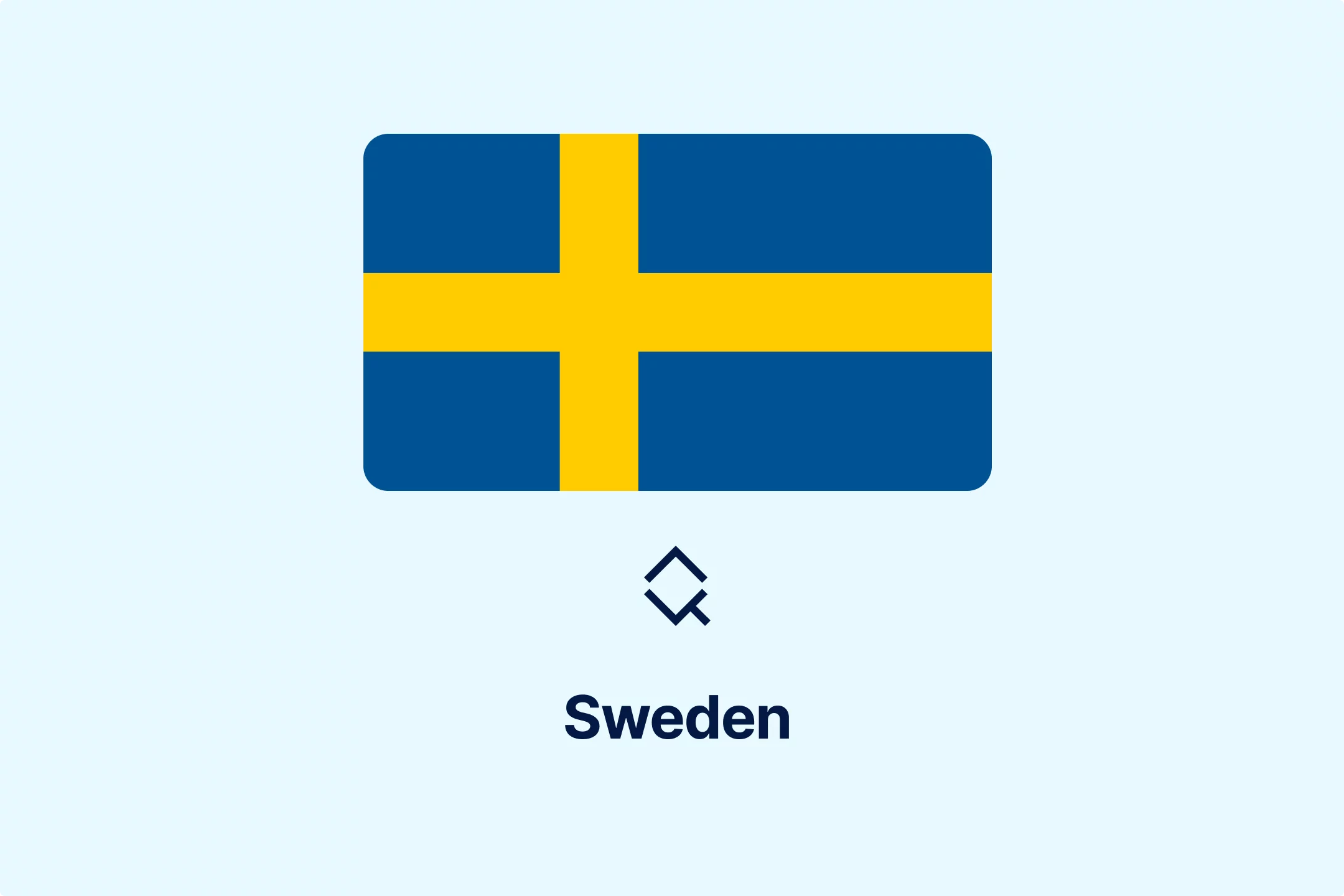
-xfuognajem.webp)





-u2nv5luoqc.webp)








-opuxpan2iu.webp)




-kwttsfd8ow.webp)
-8u14qi10nj.webp)

-wjpr96aq5g.webp)

.png)

.png)


.png)


.png)



.png)
.png)
.png)
.png)
.png)

.png)
.png)




.png)
.png)




































































































































